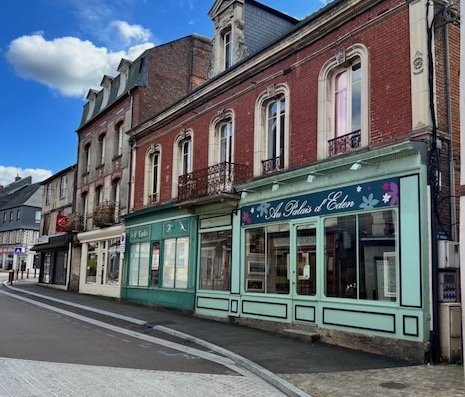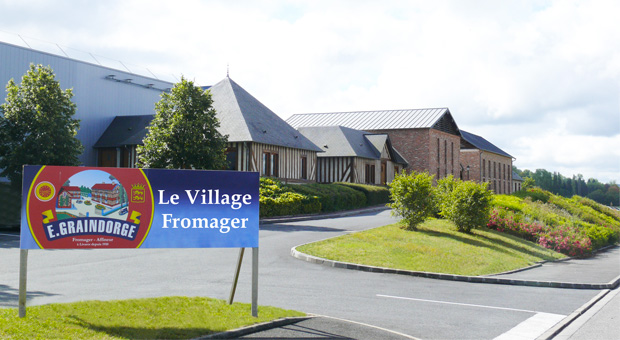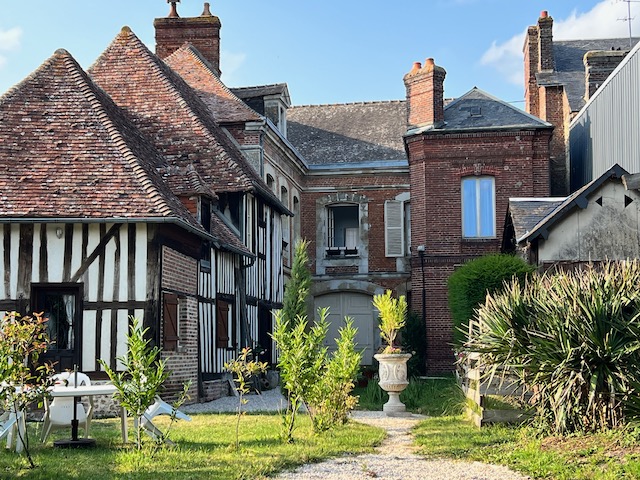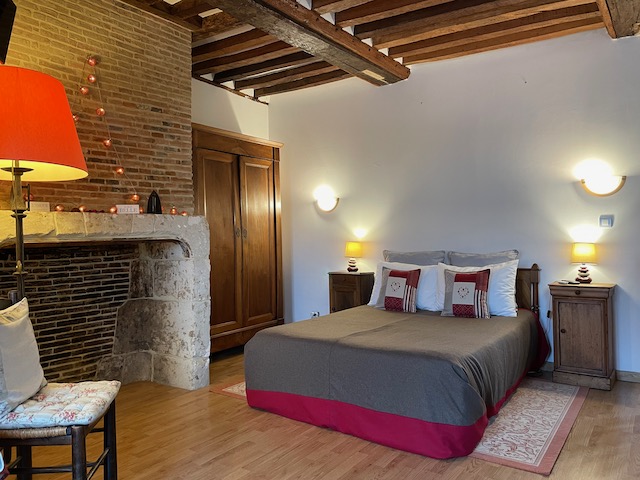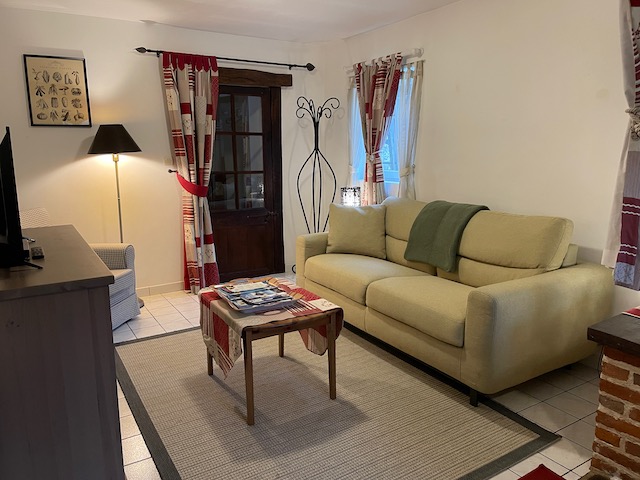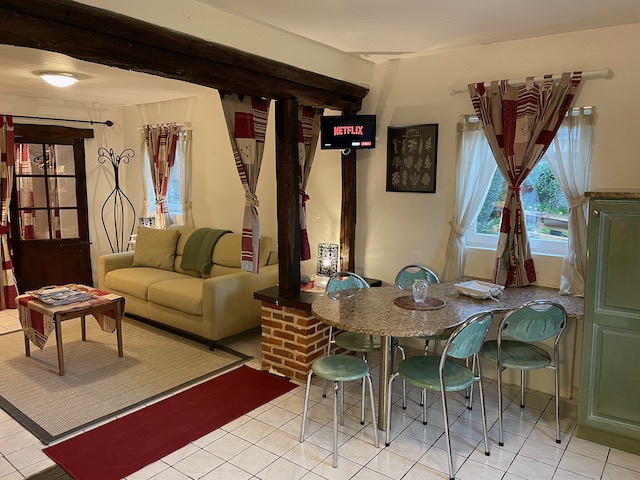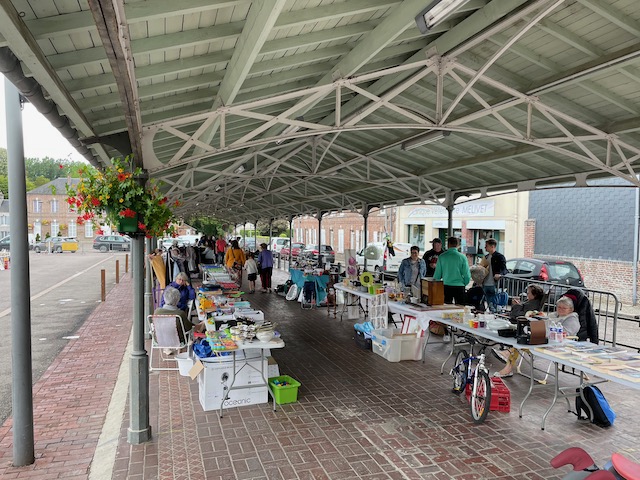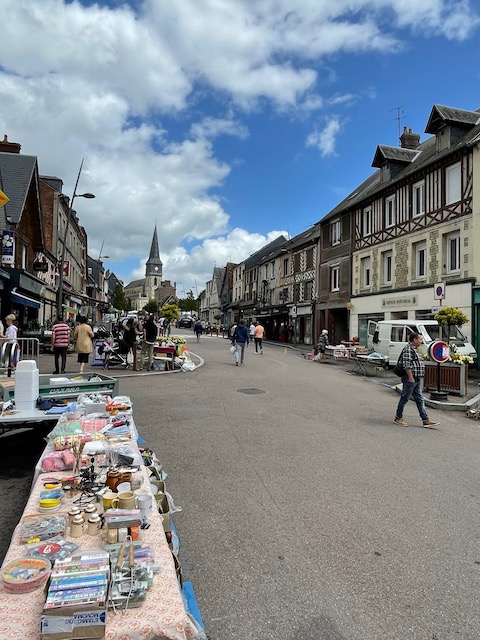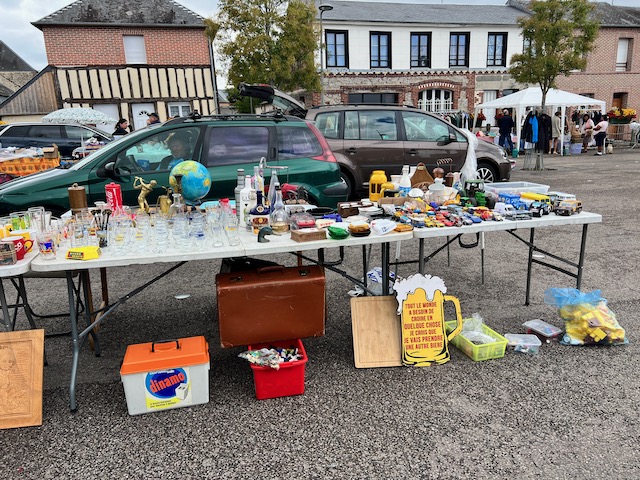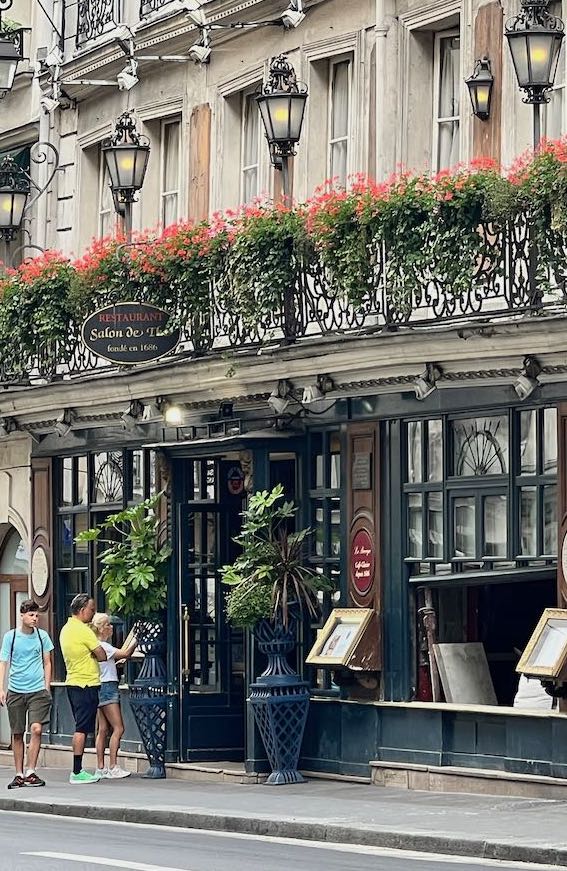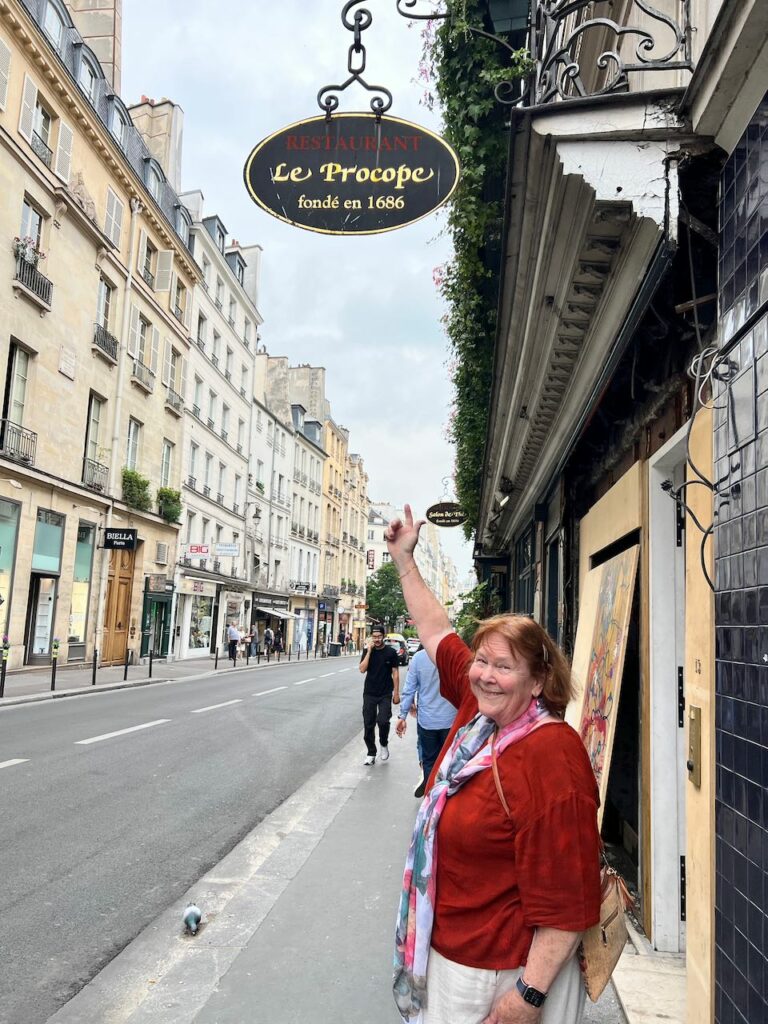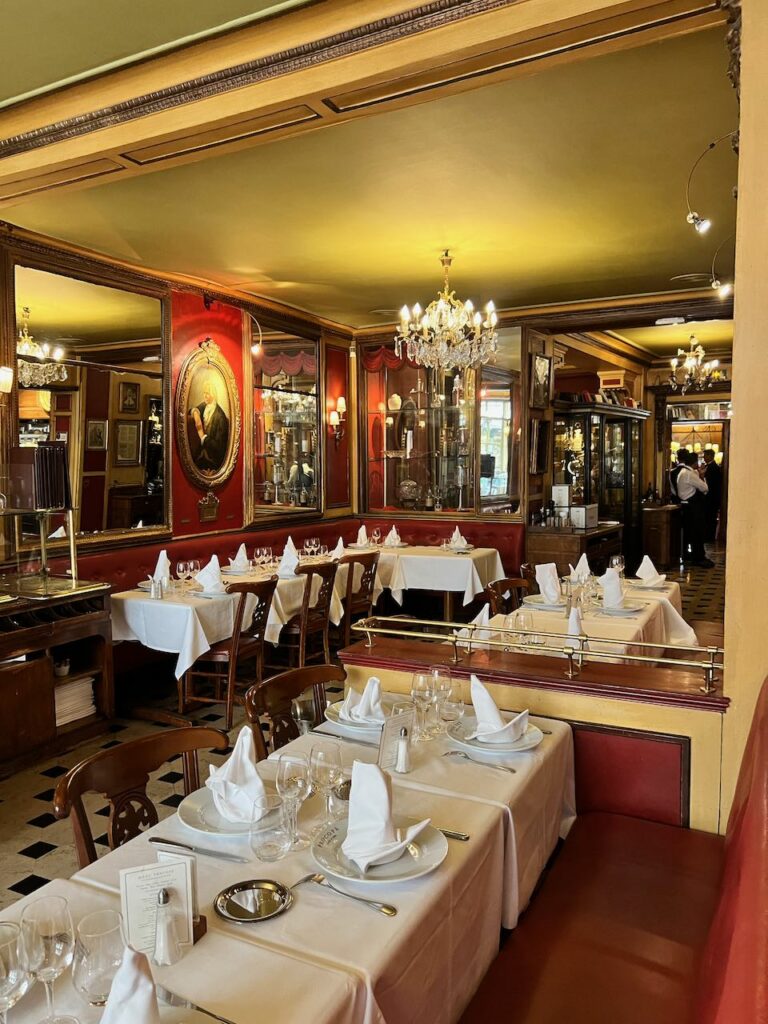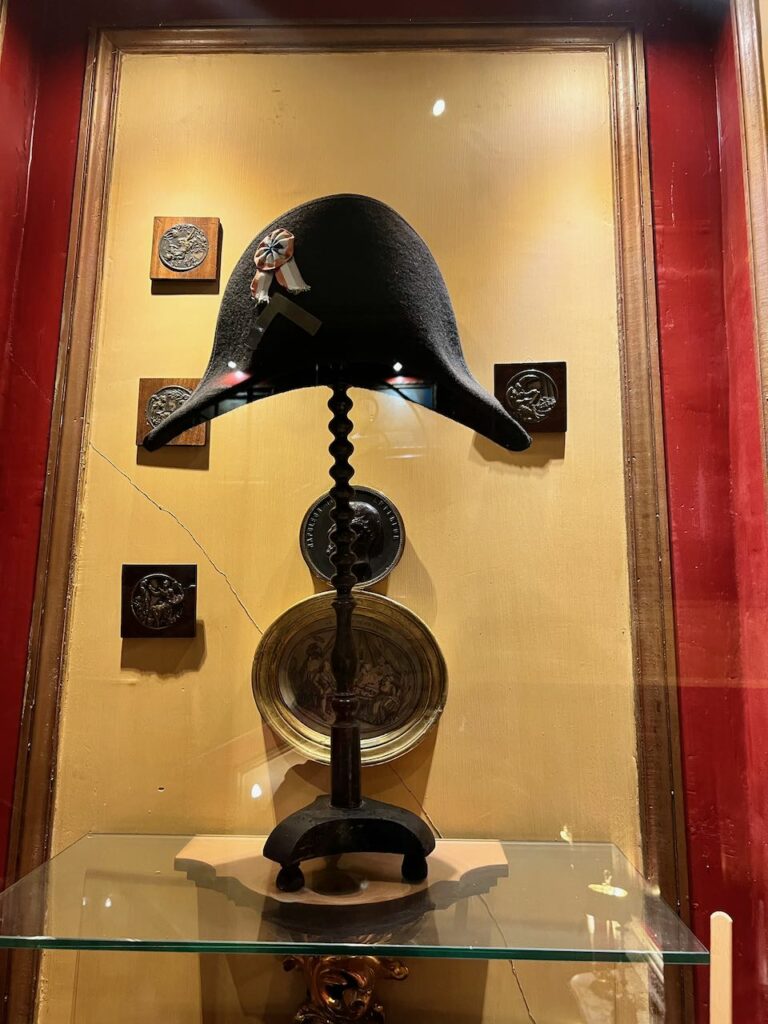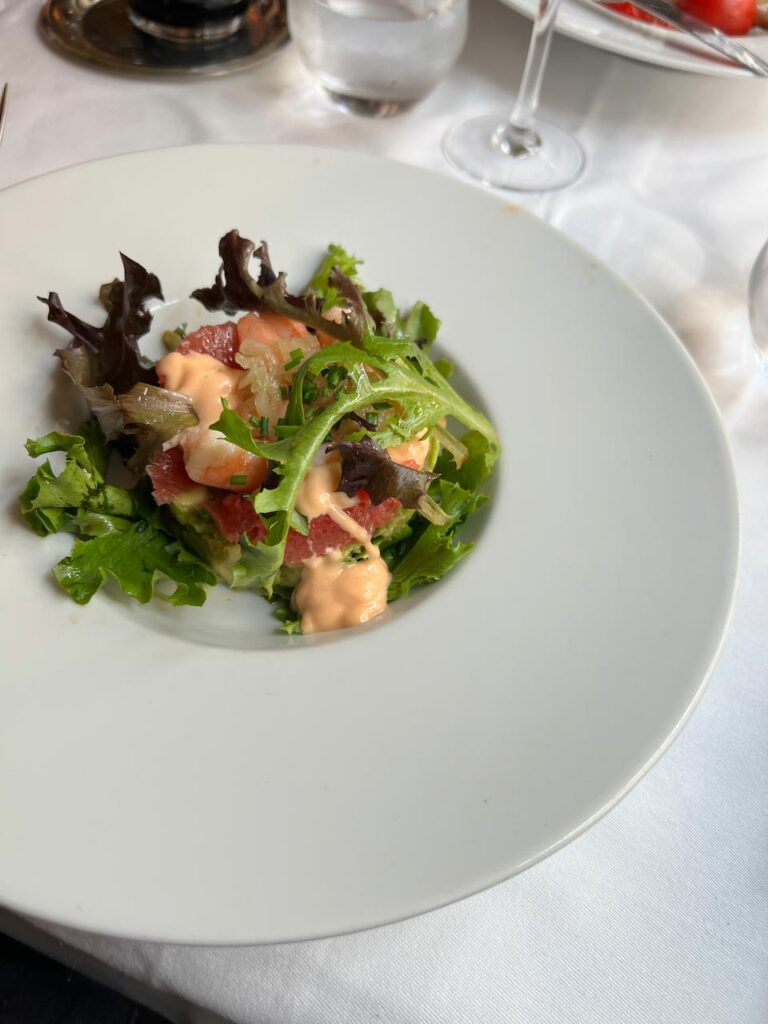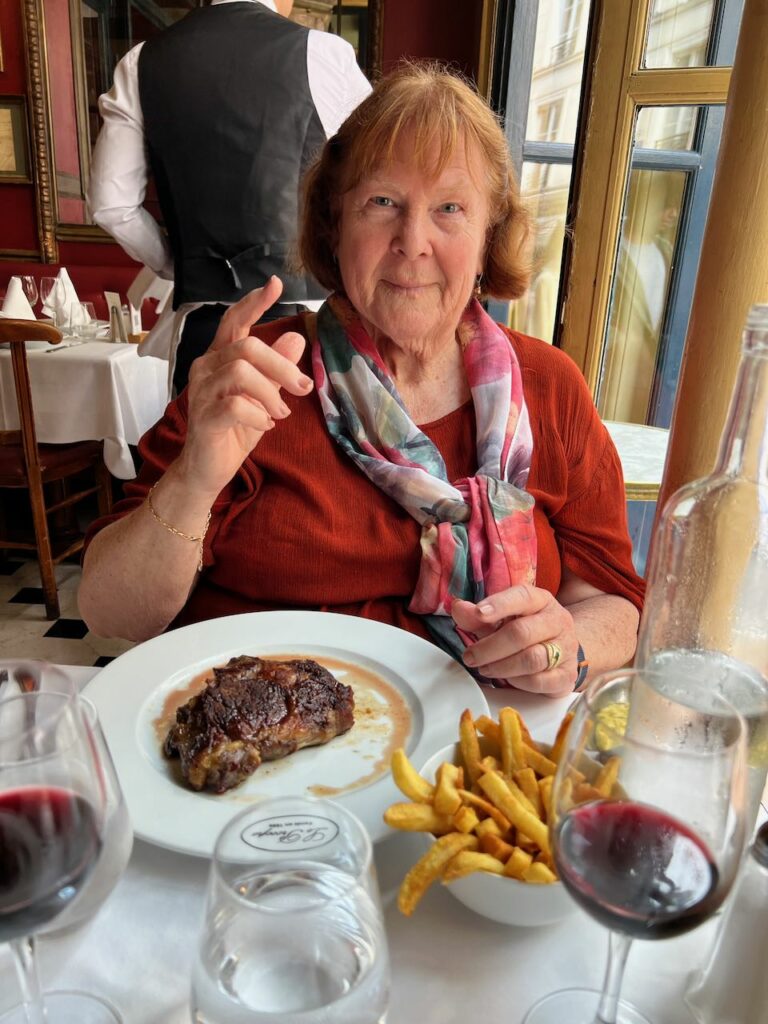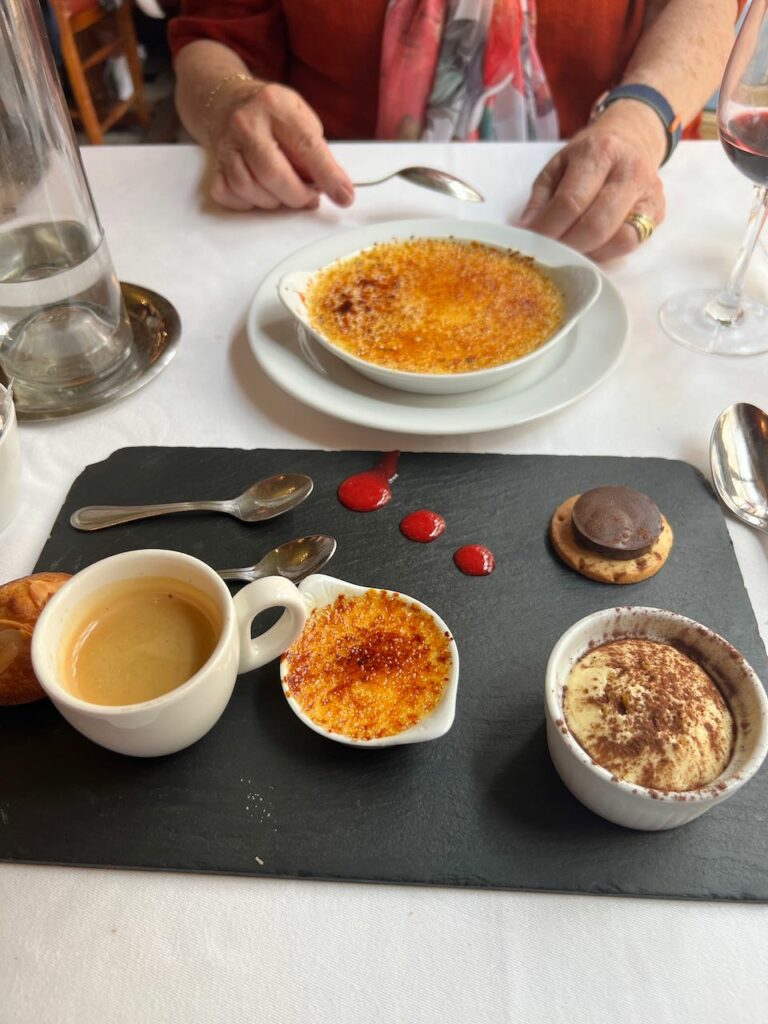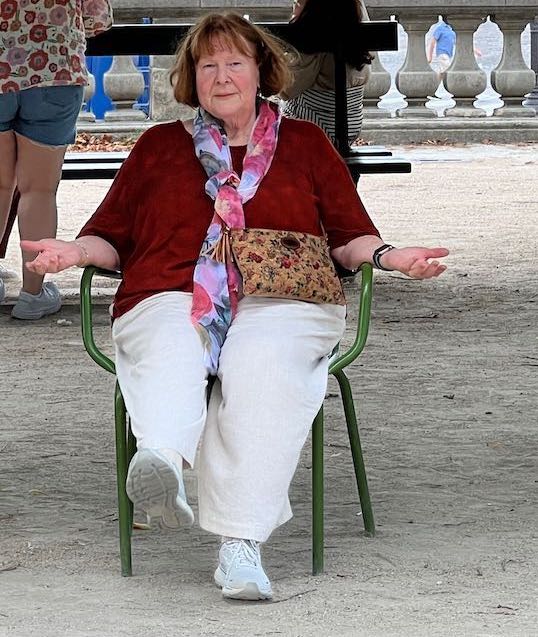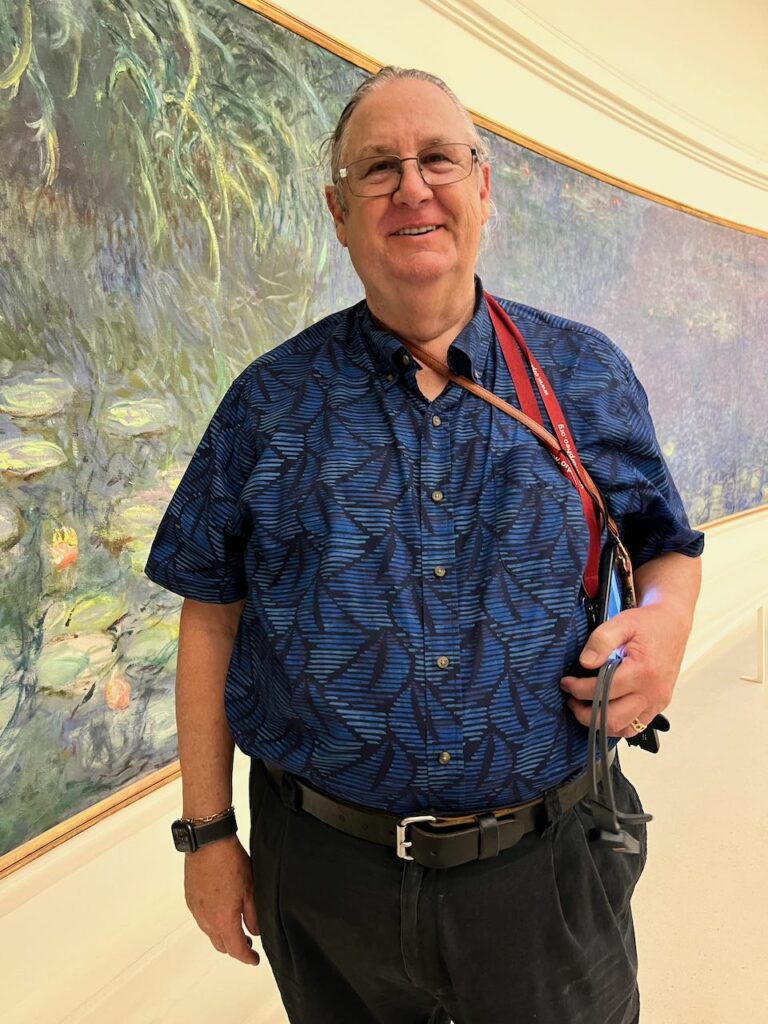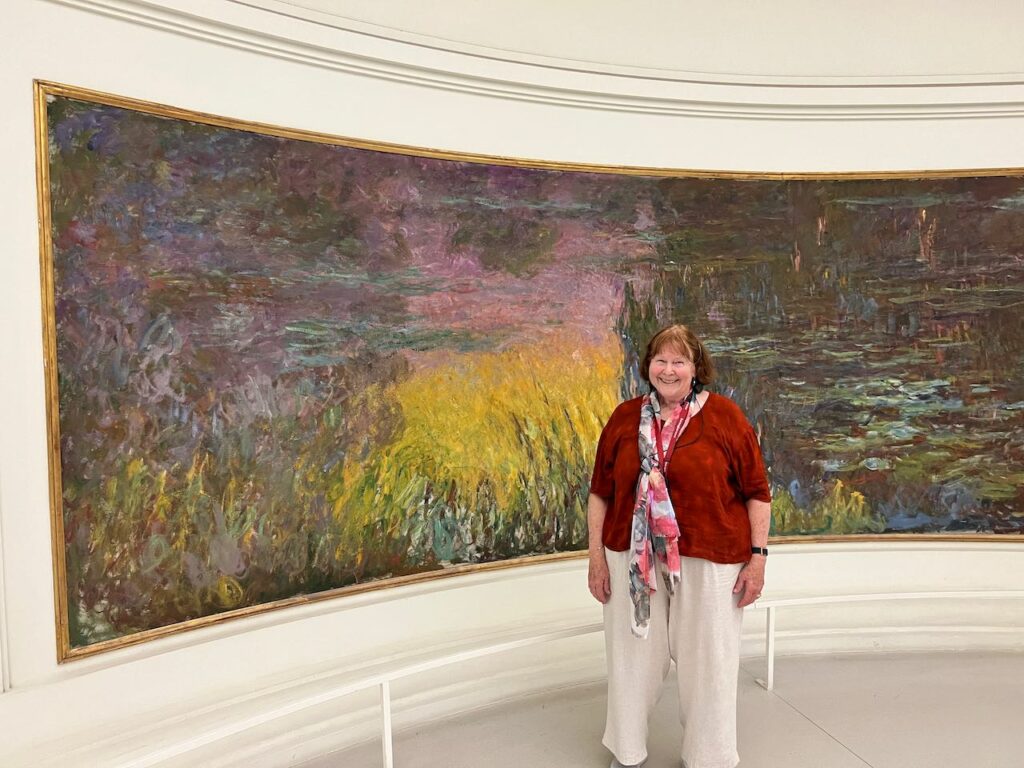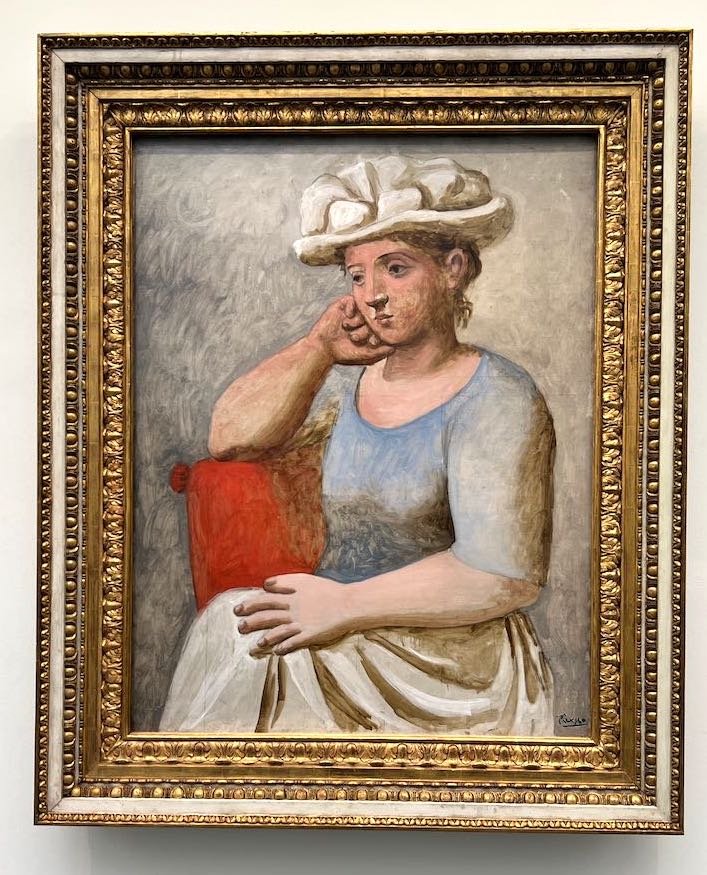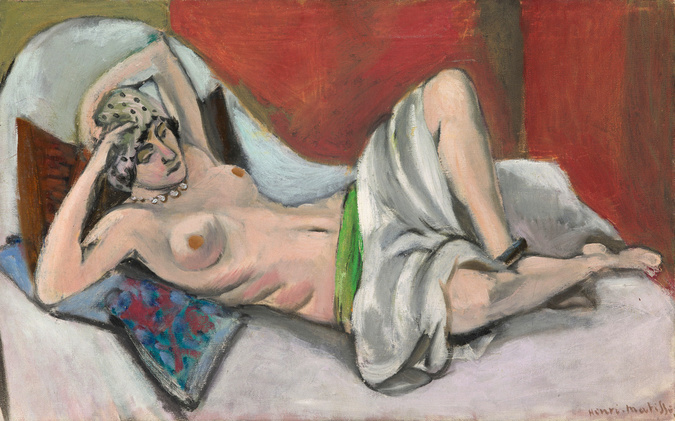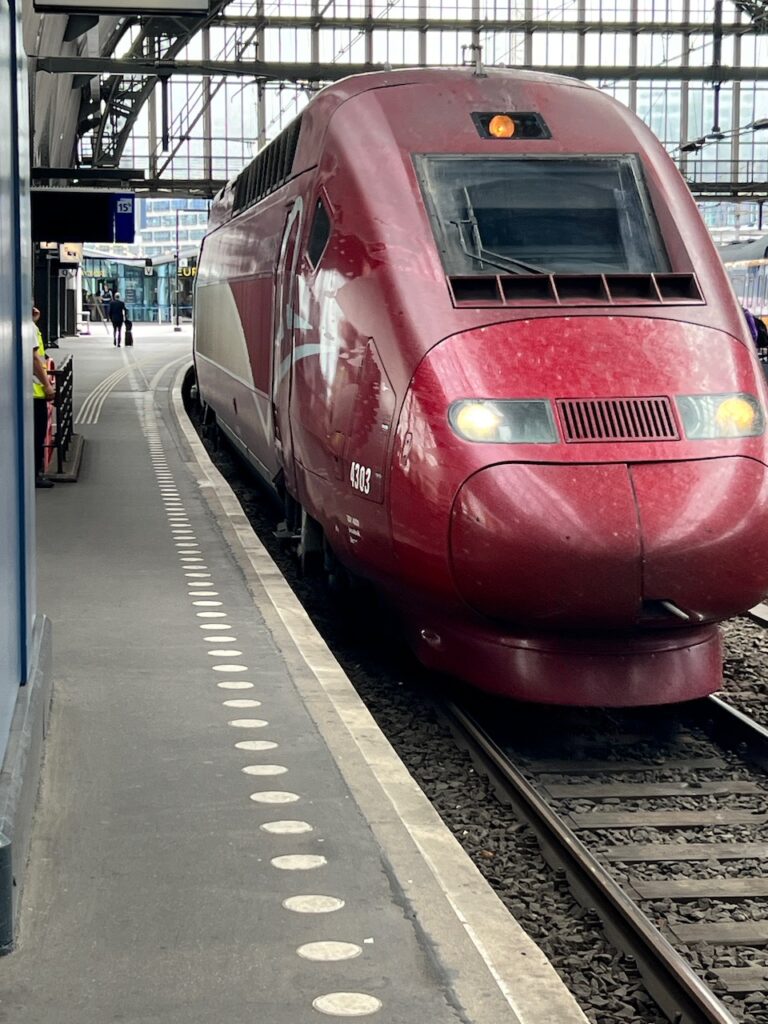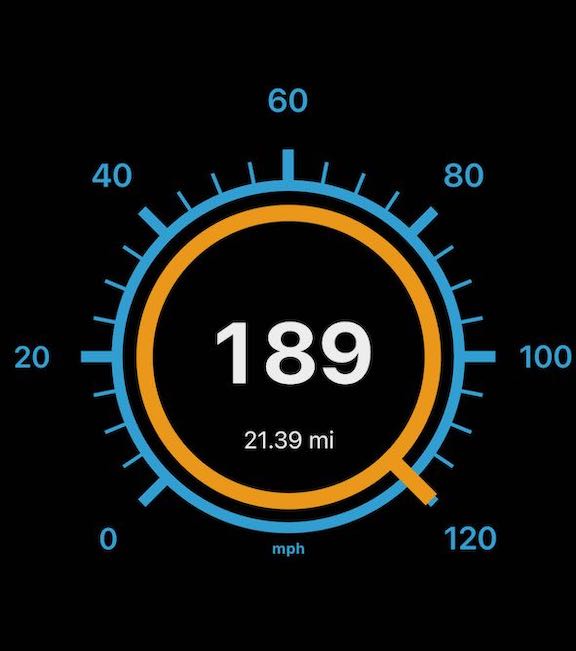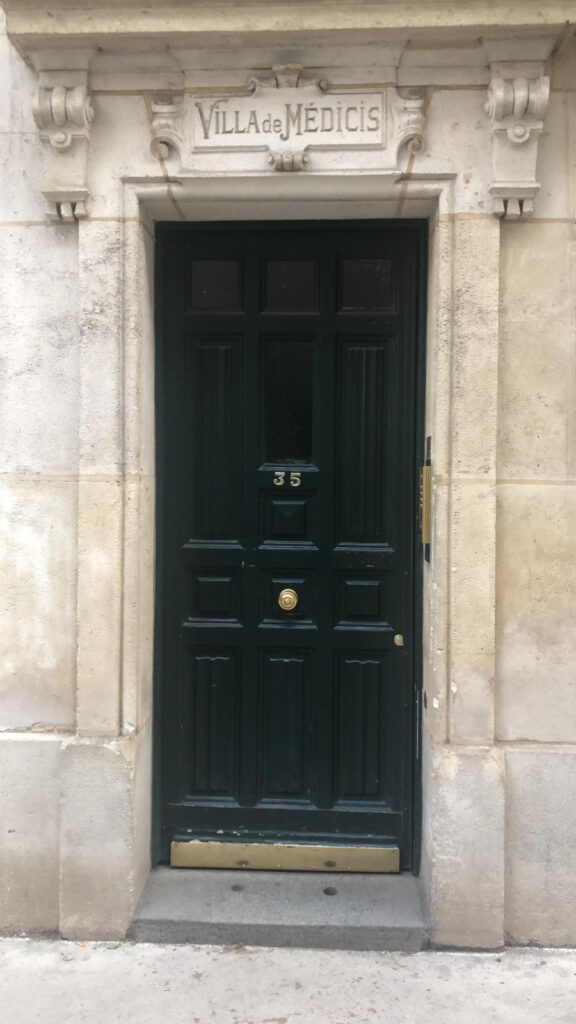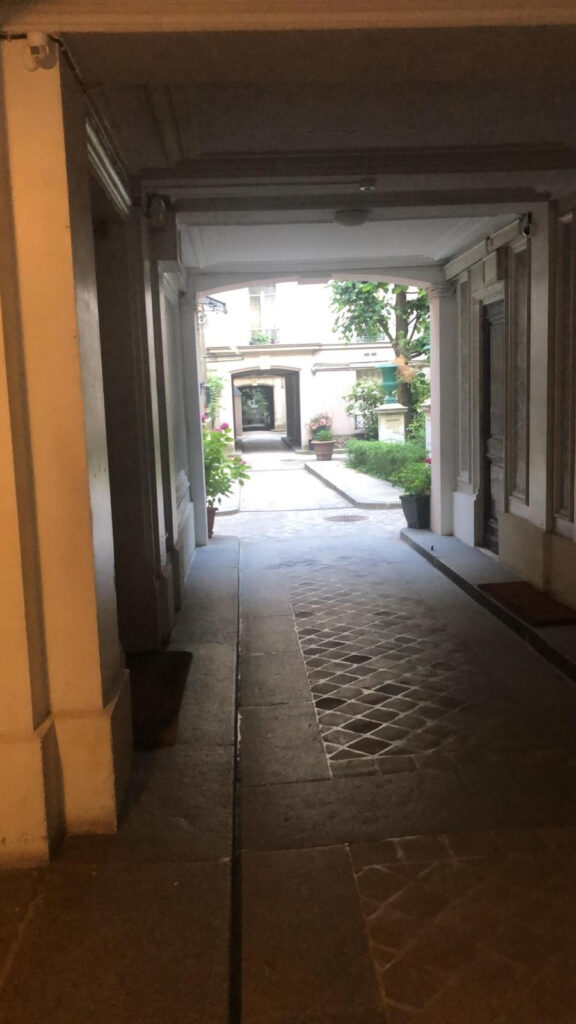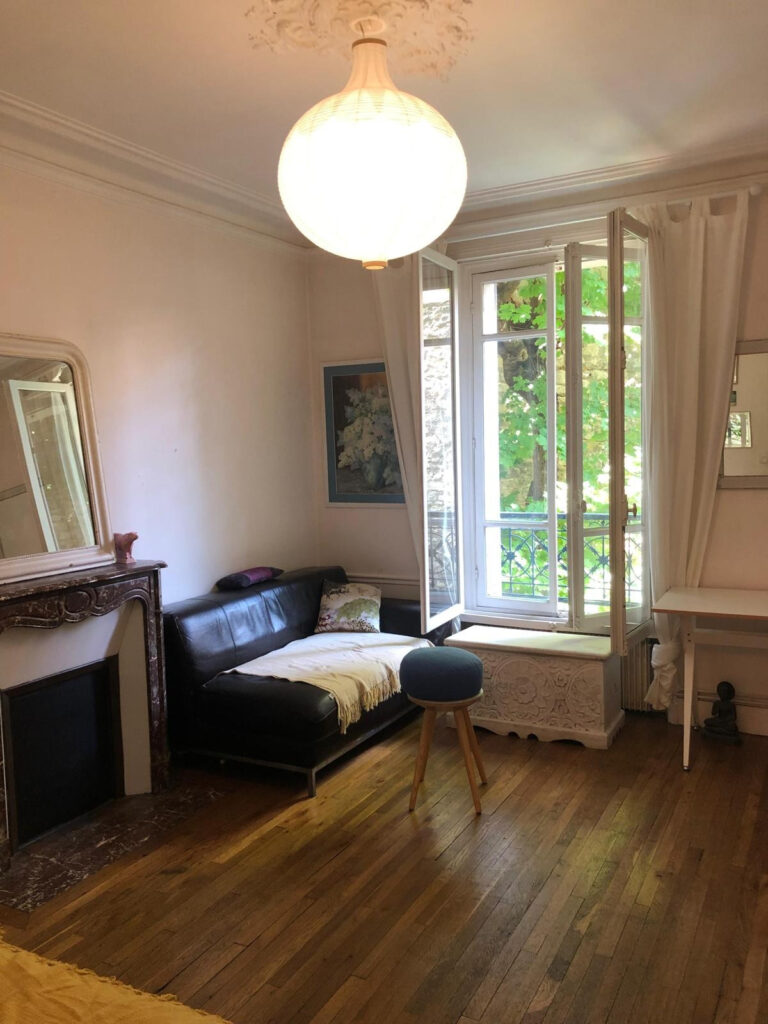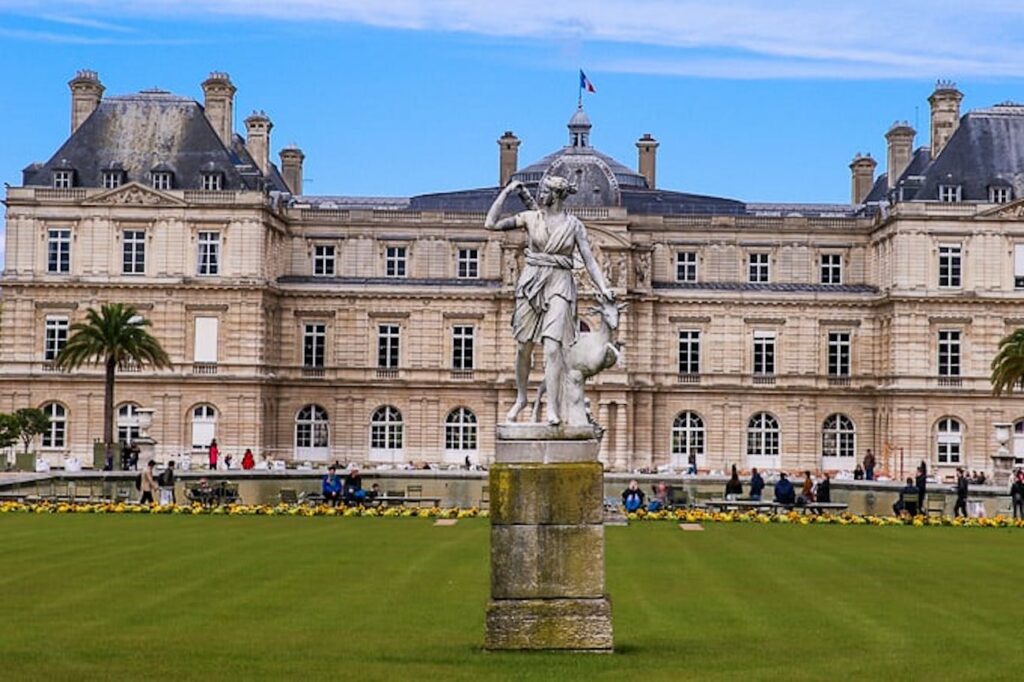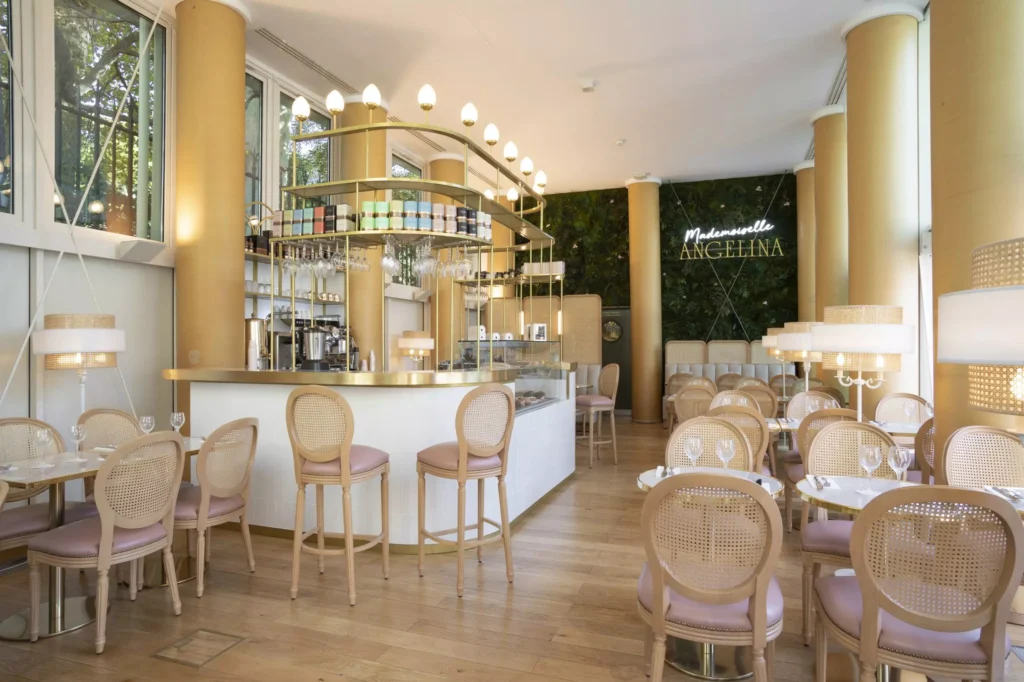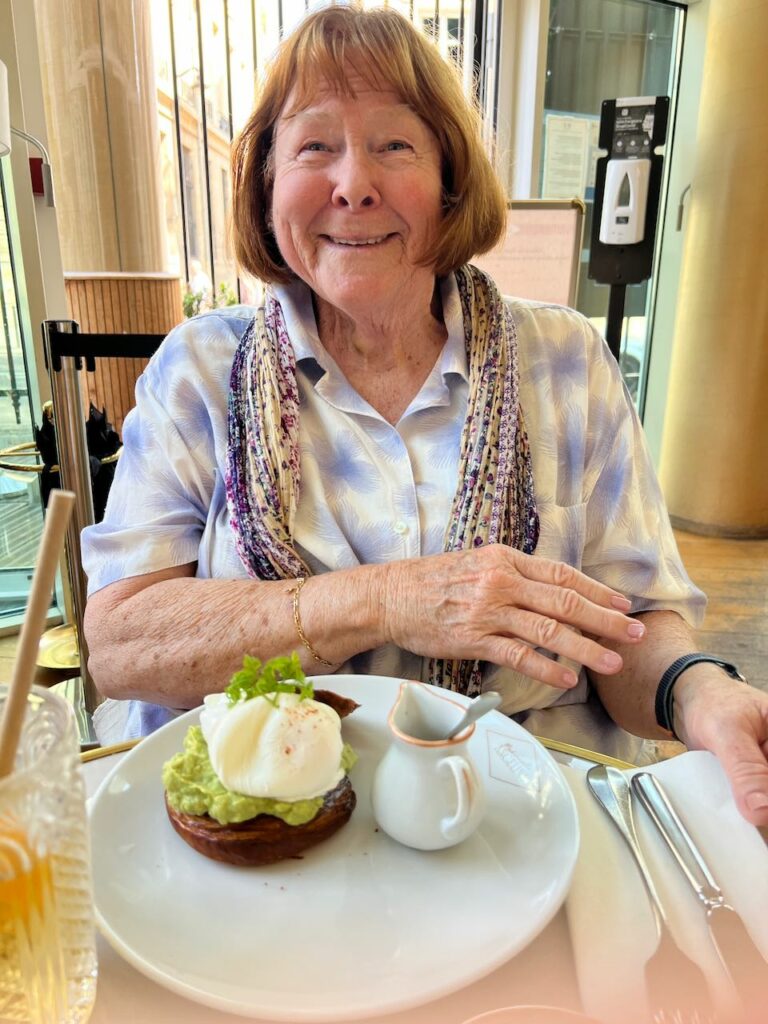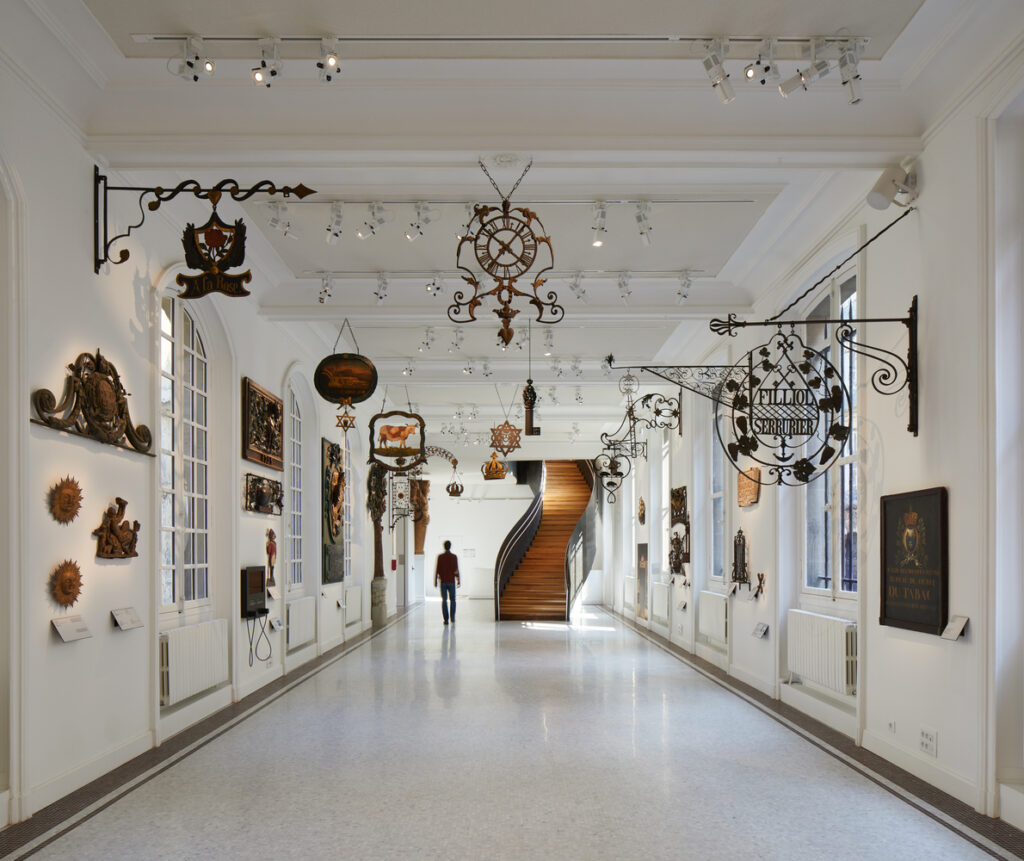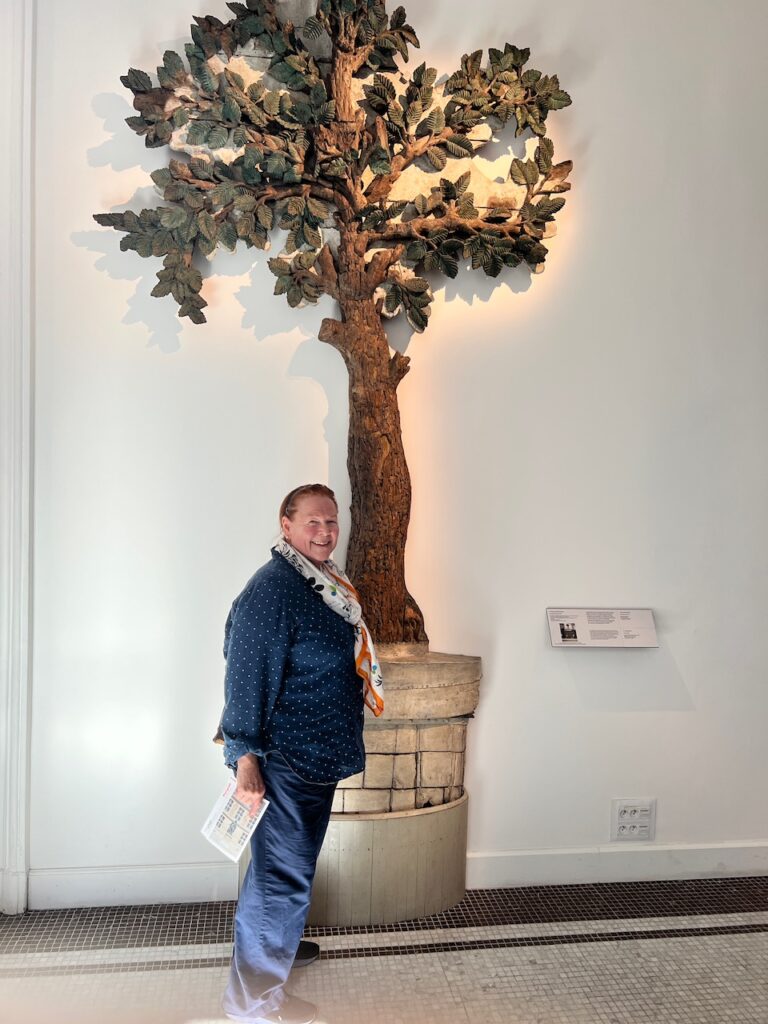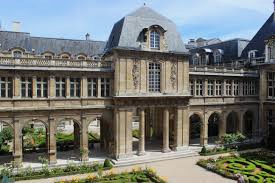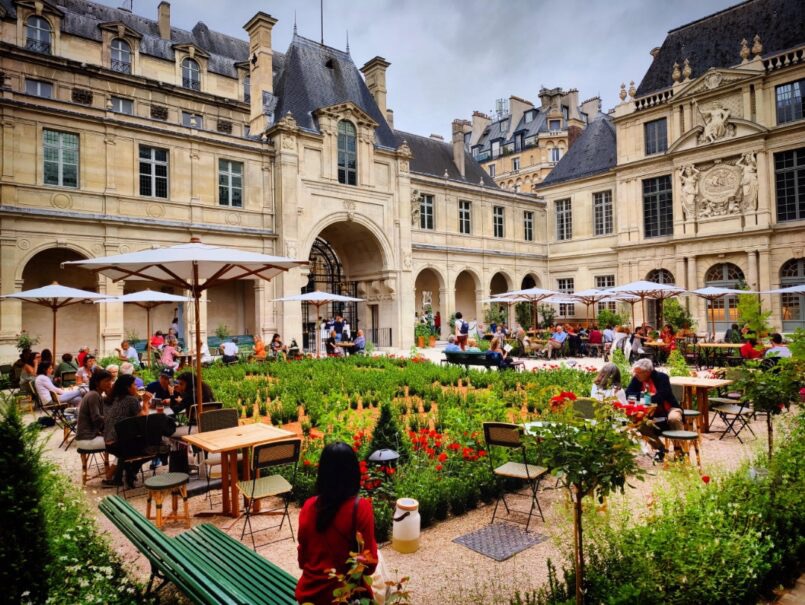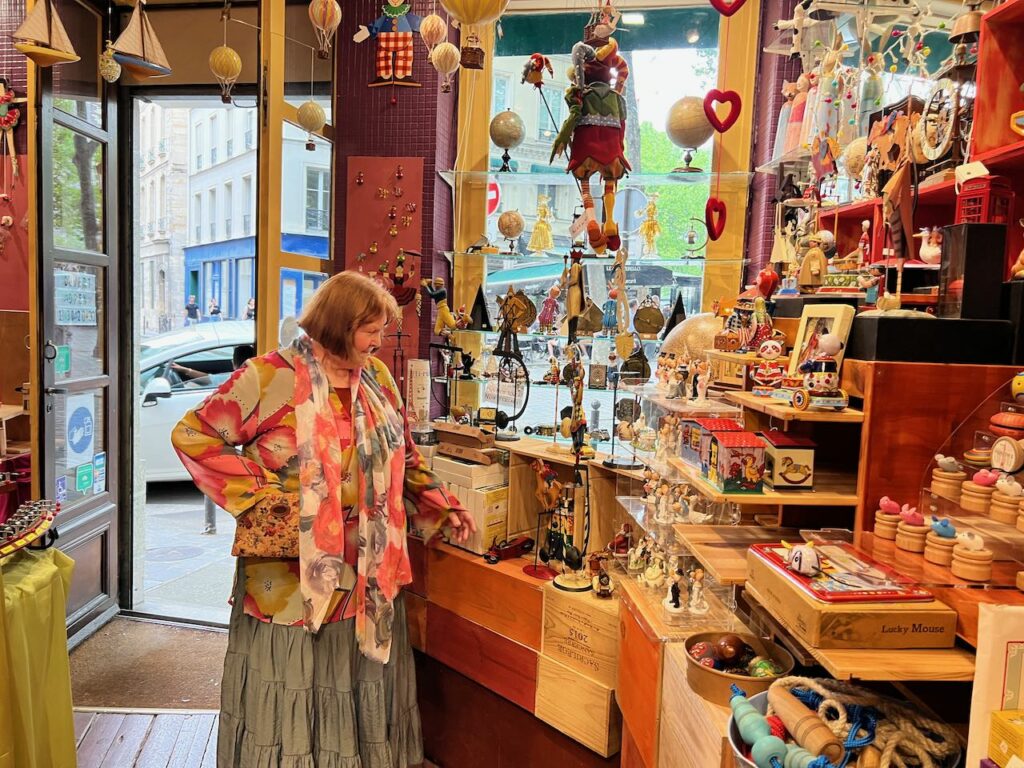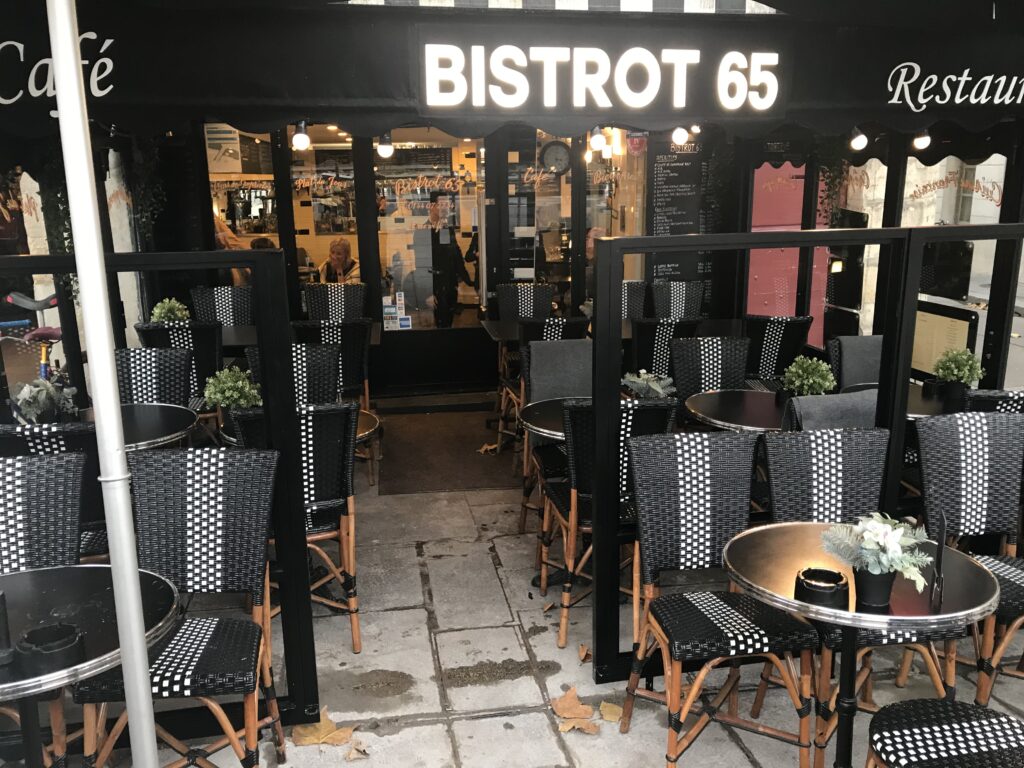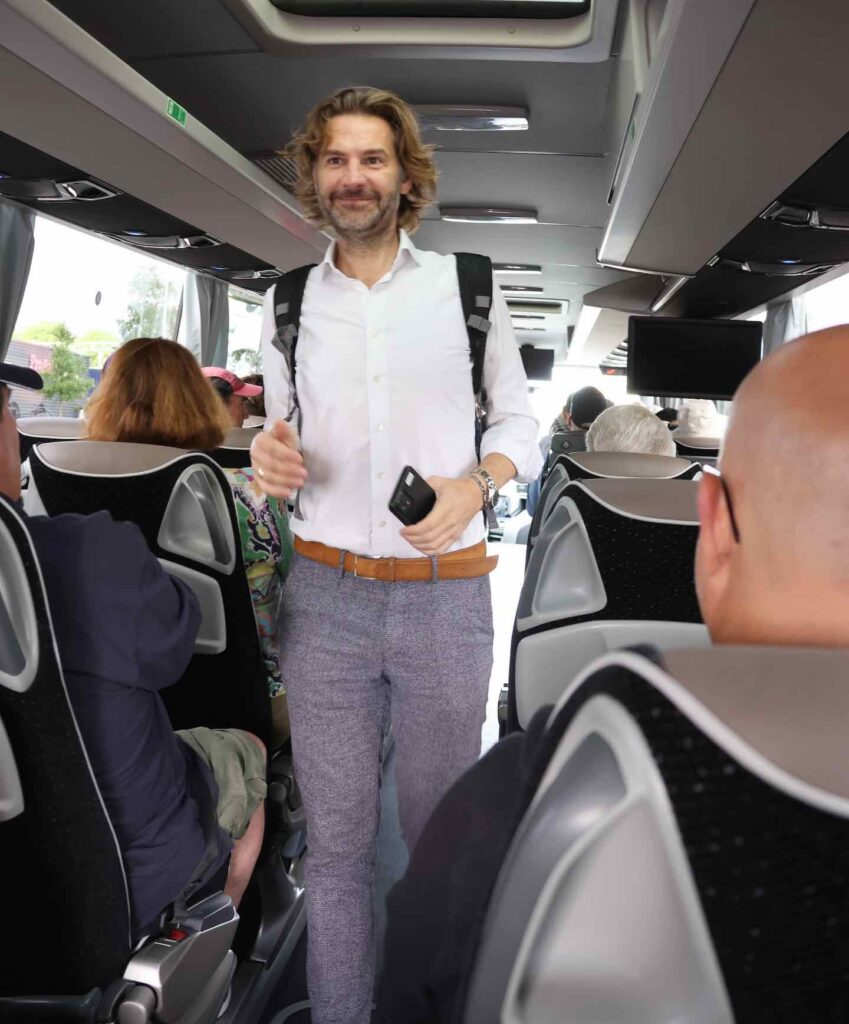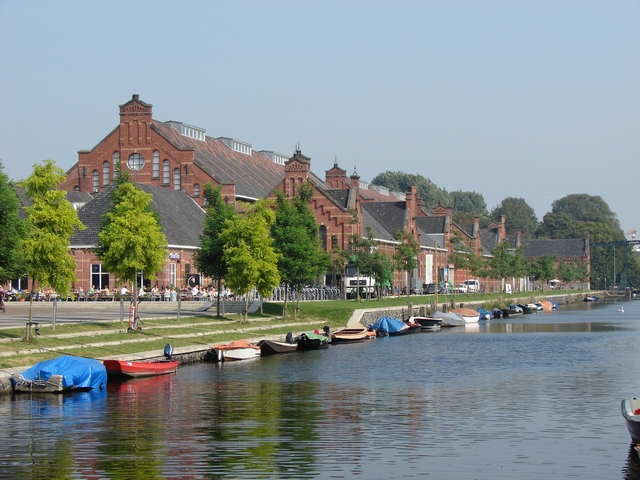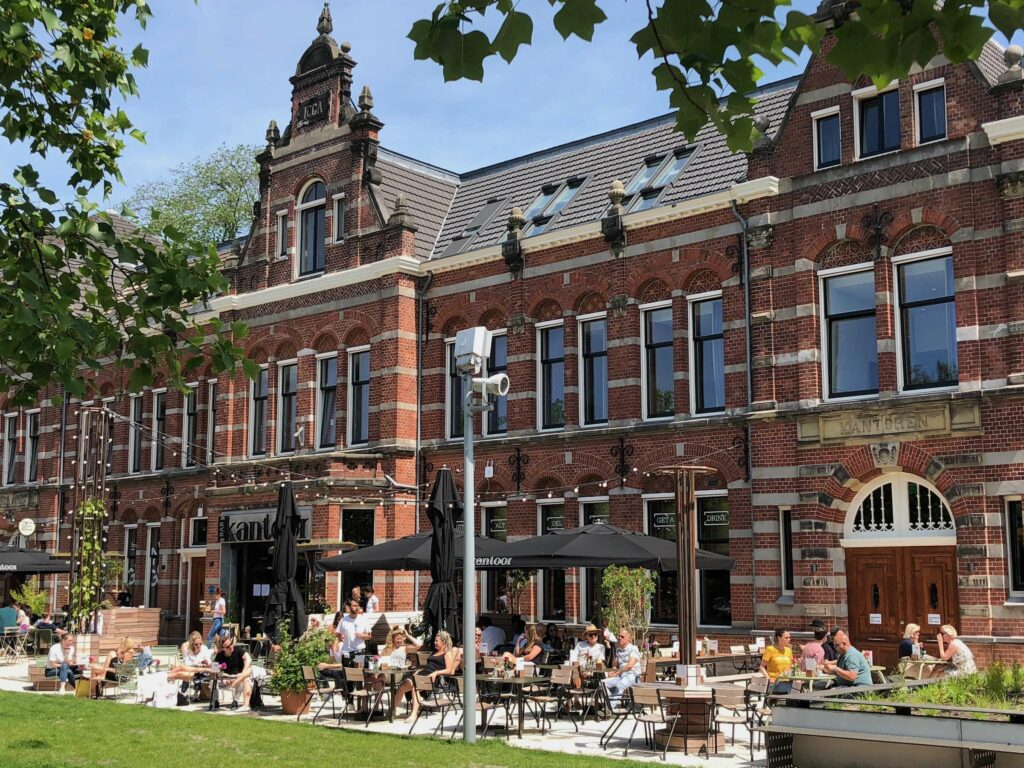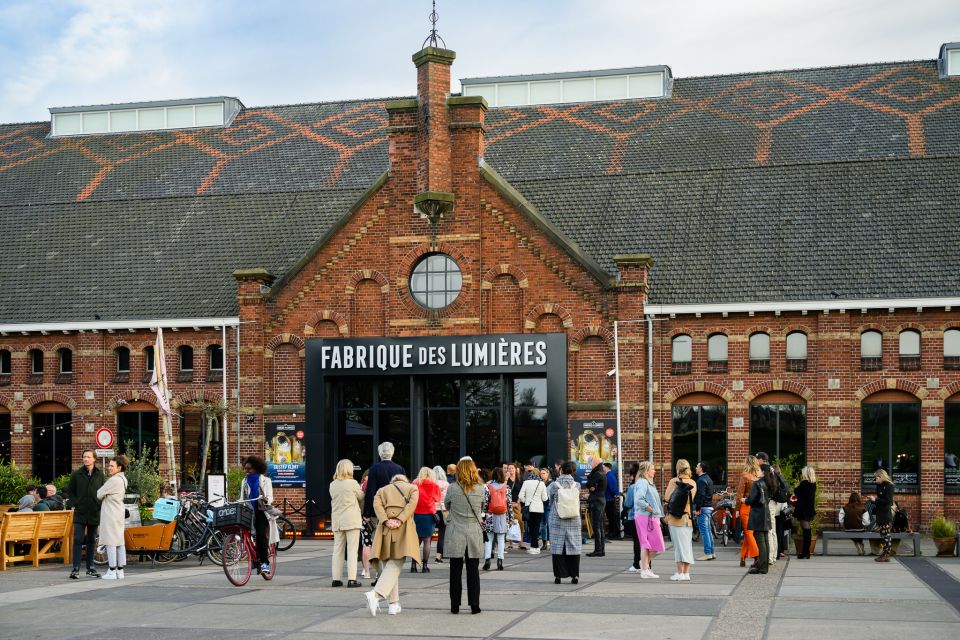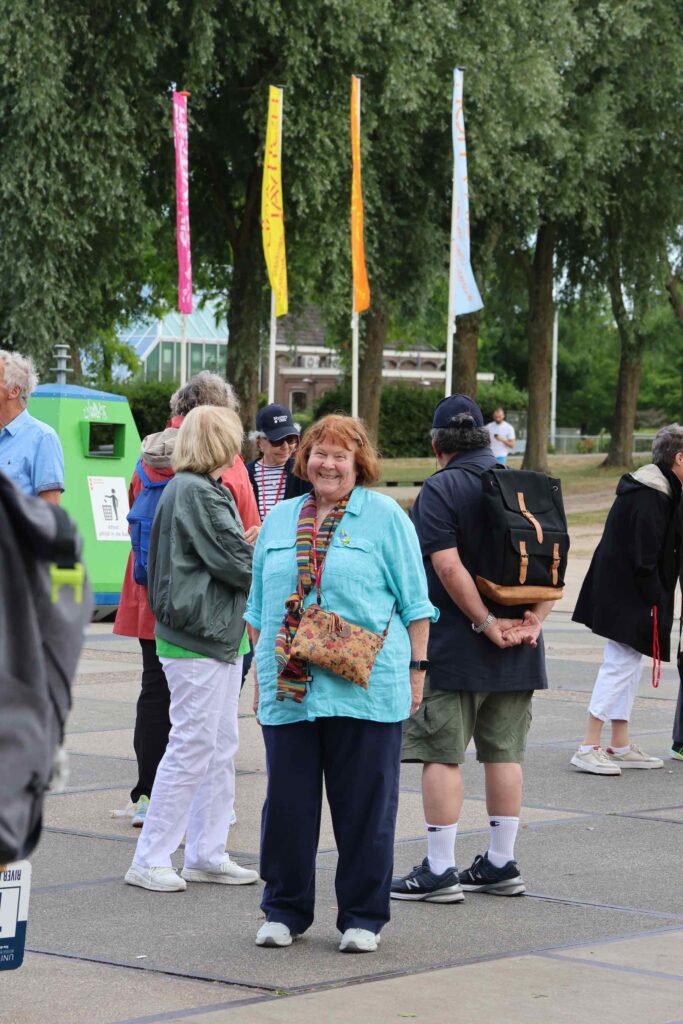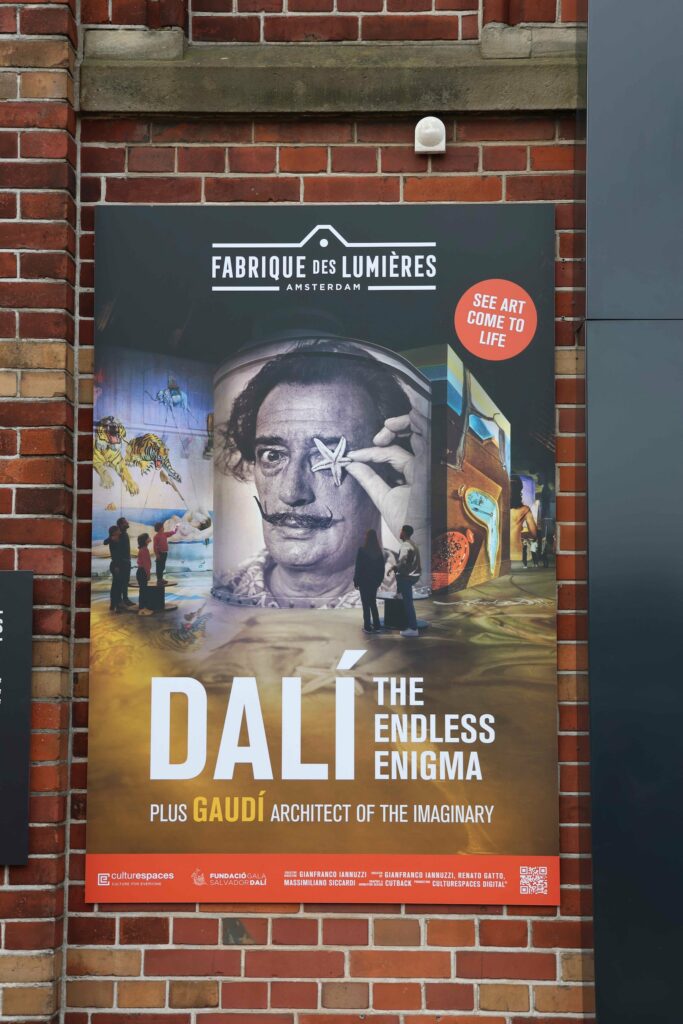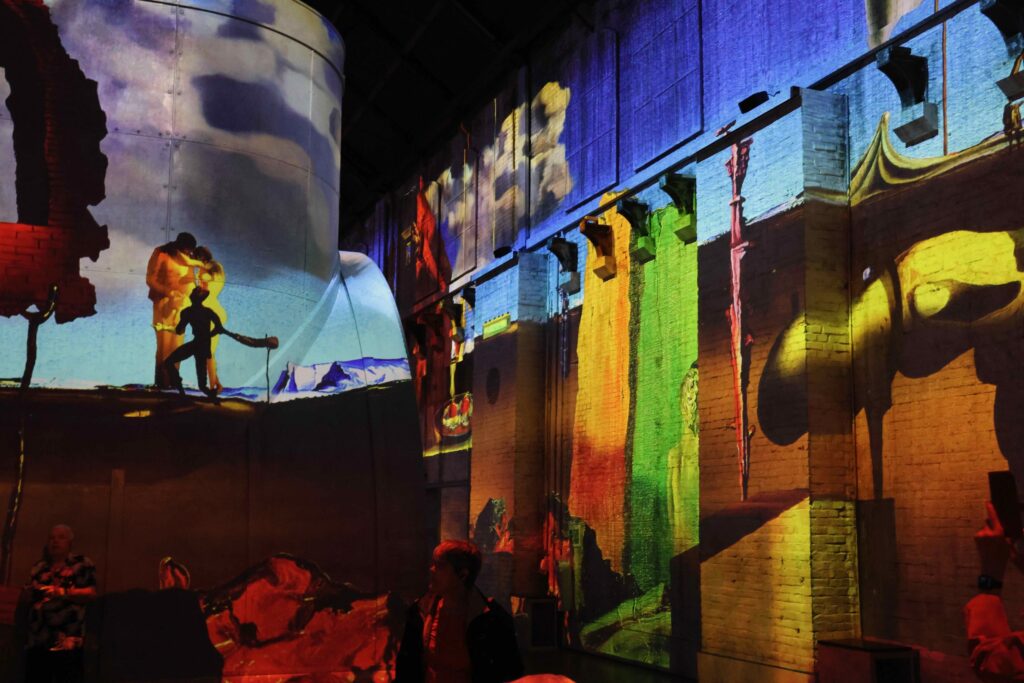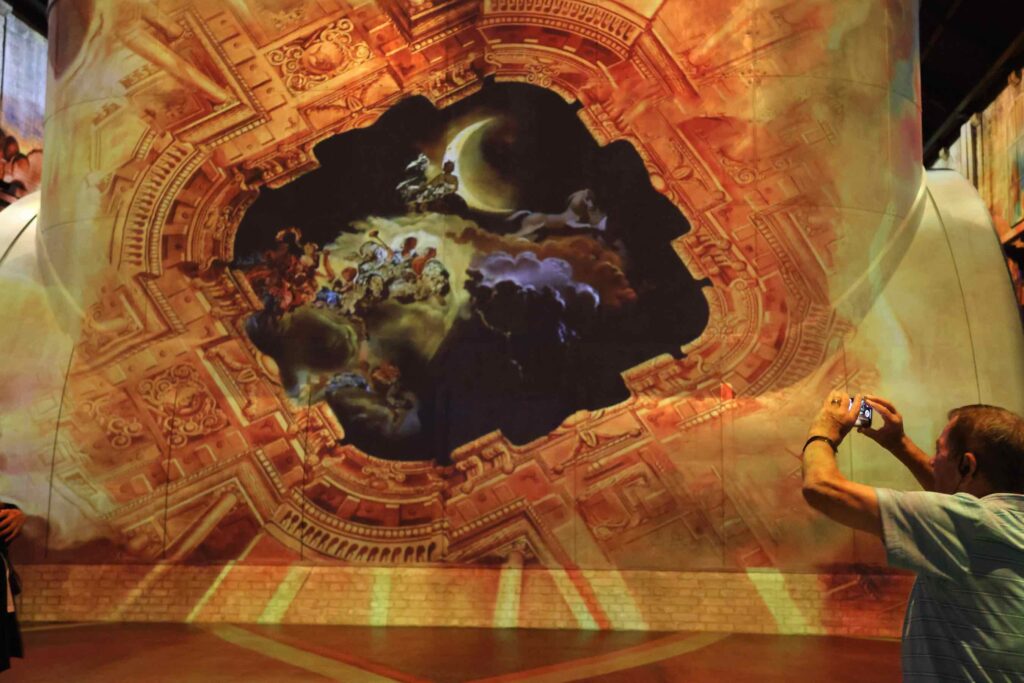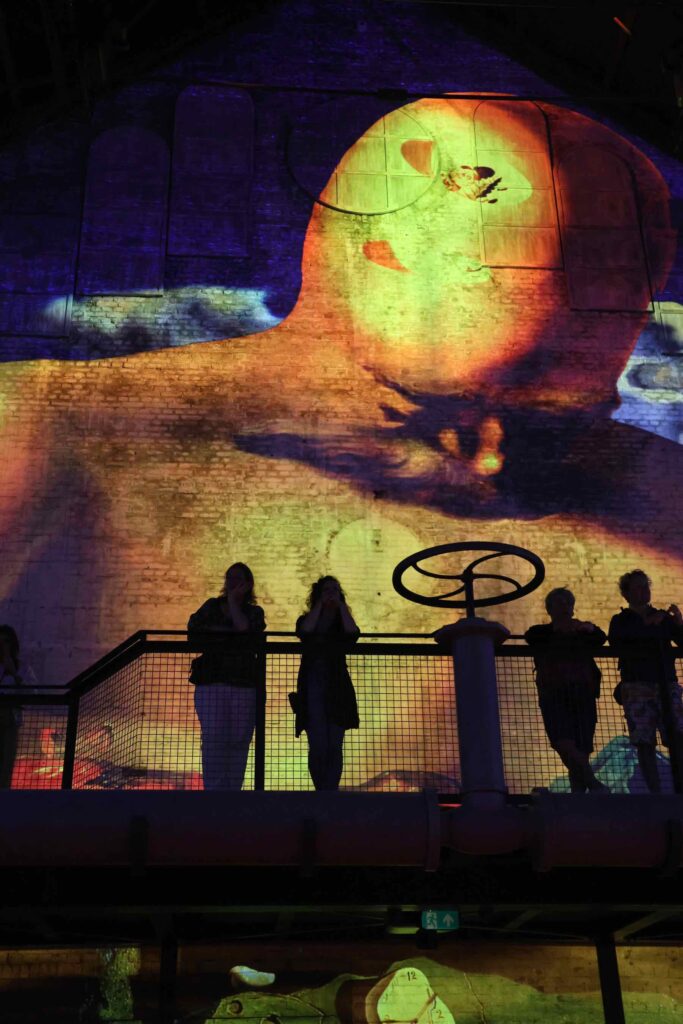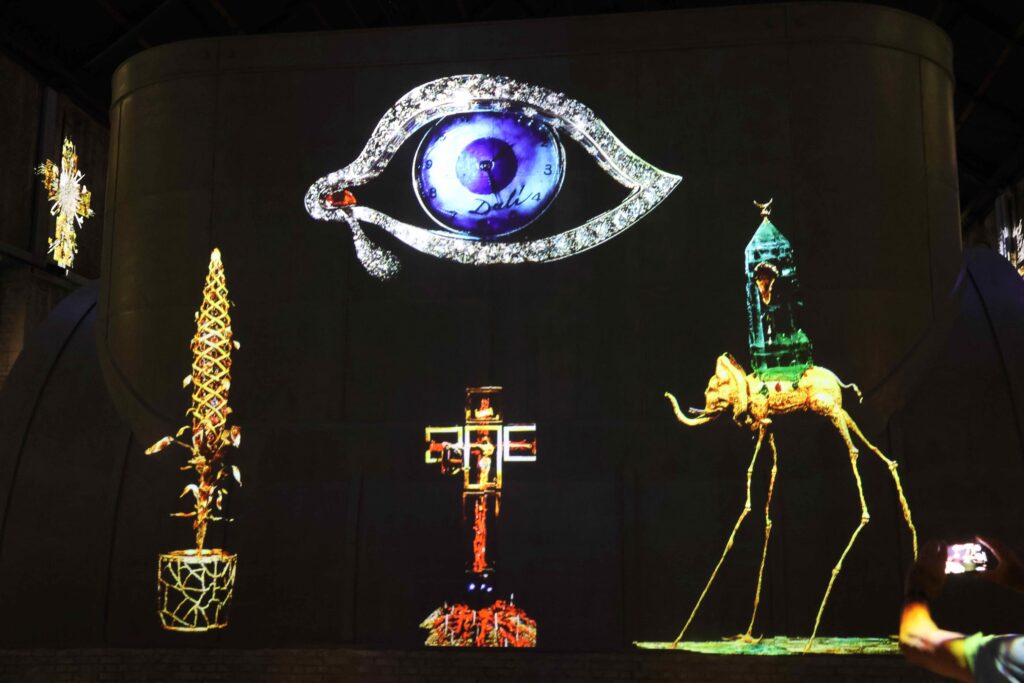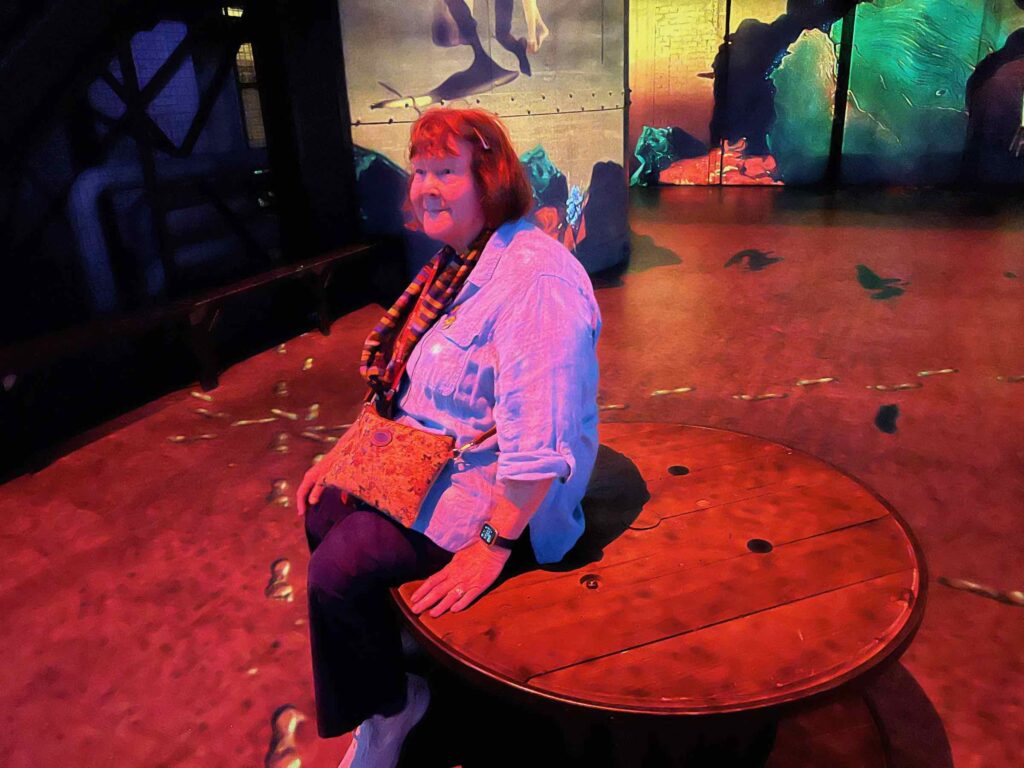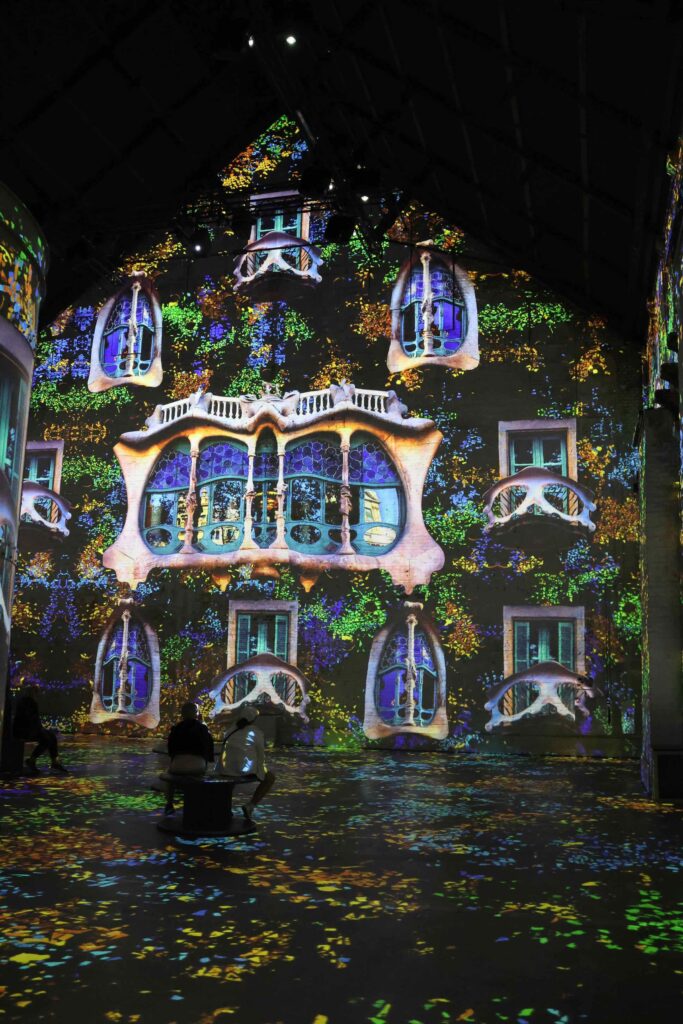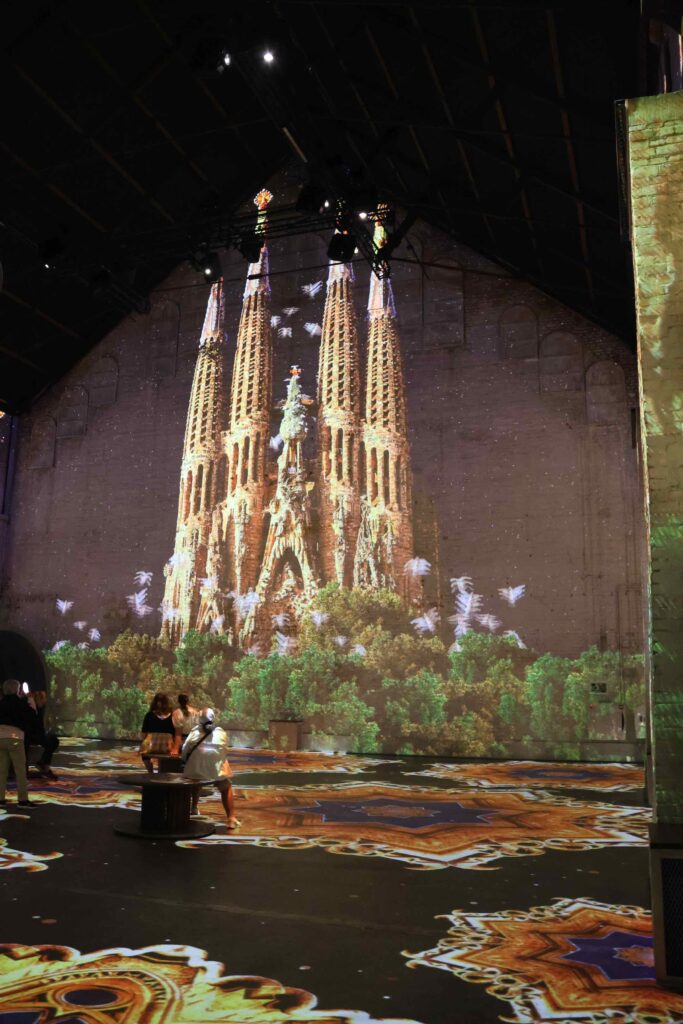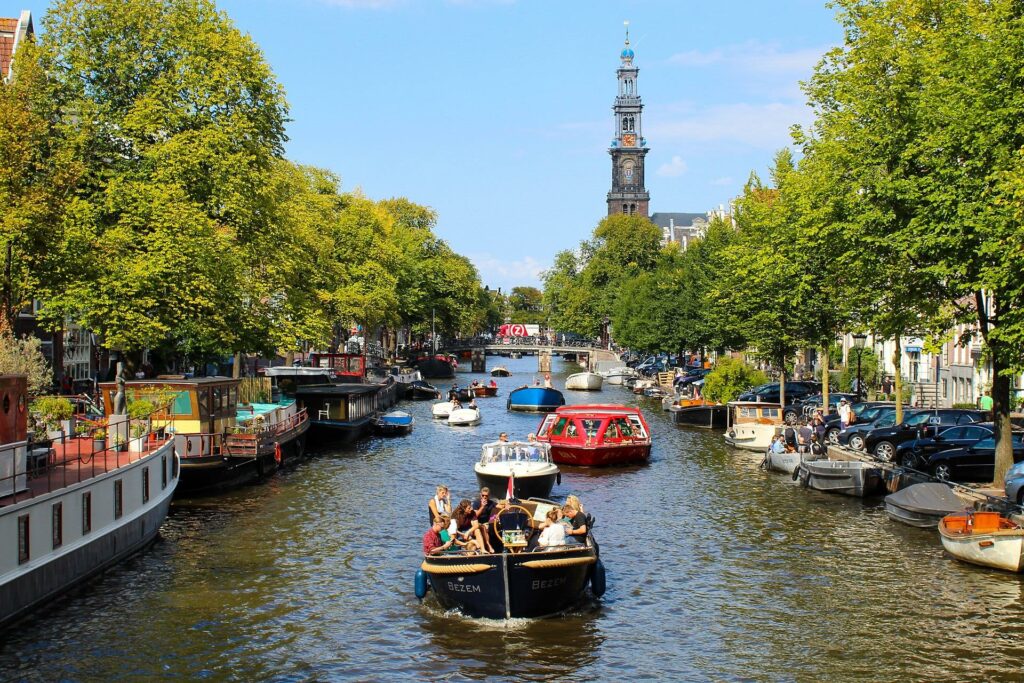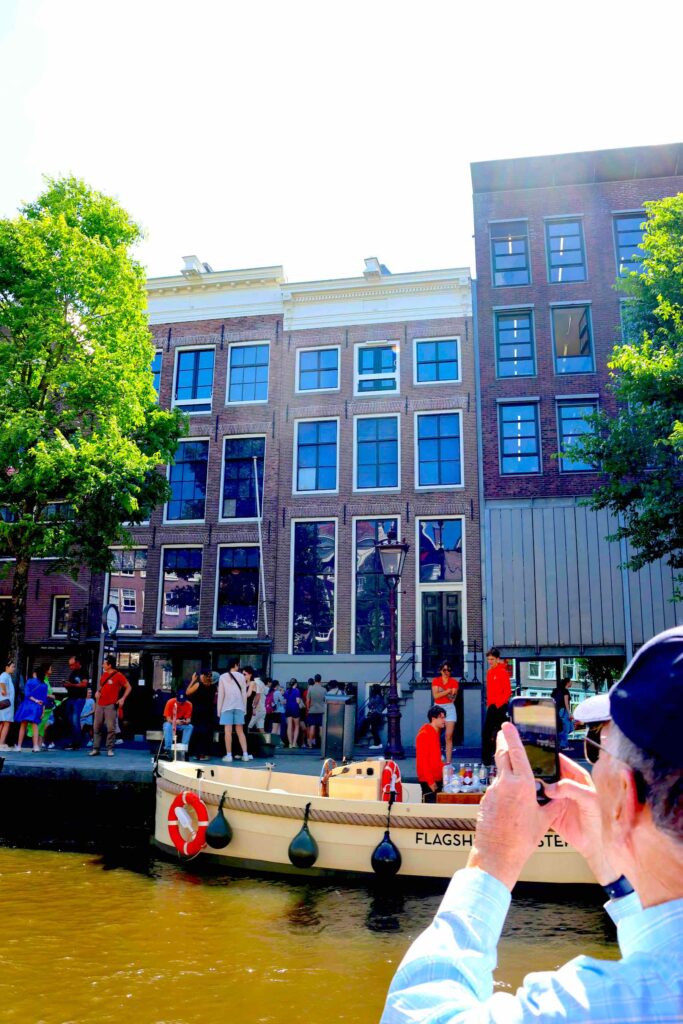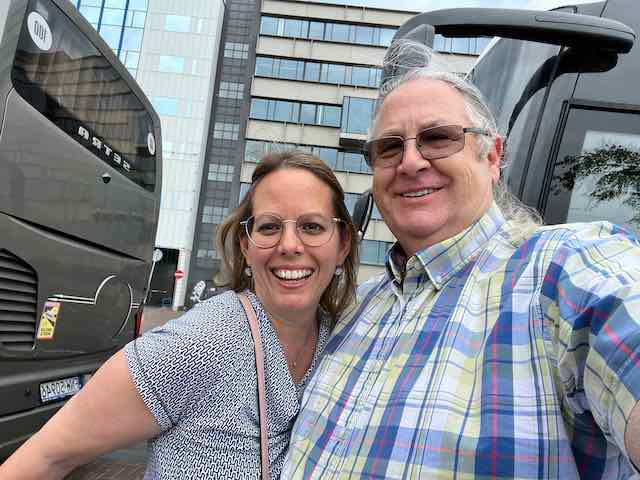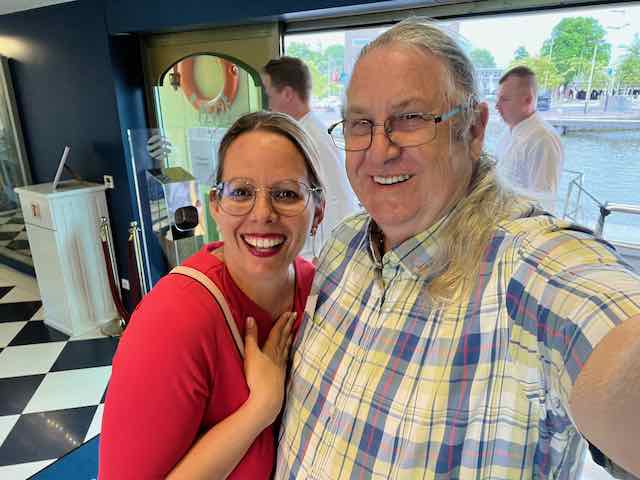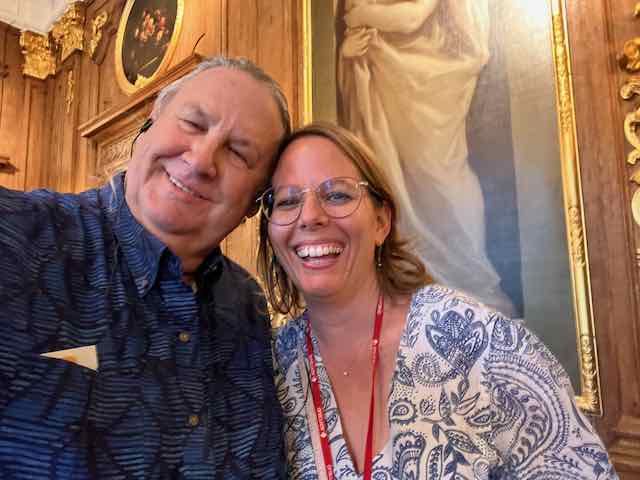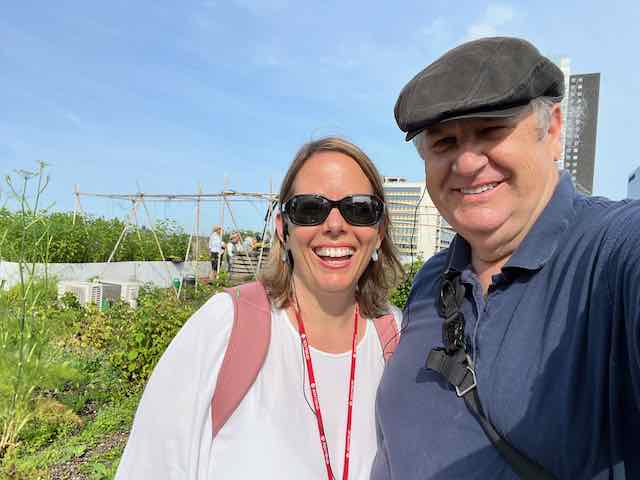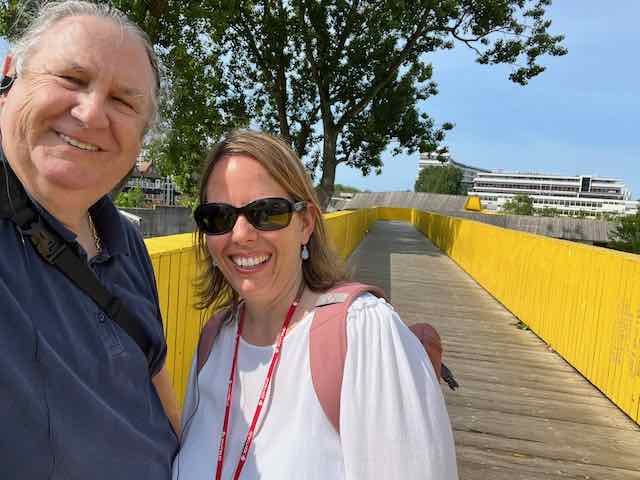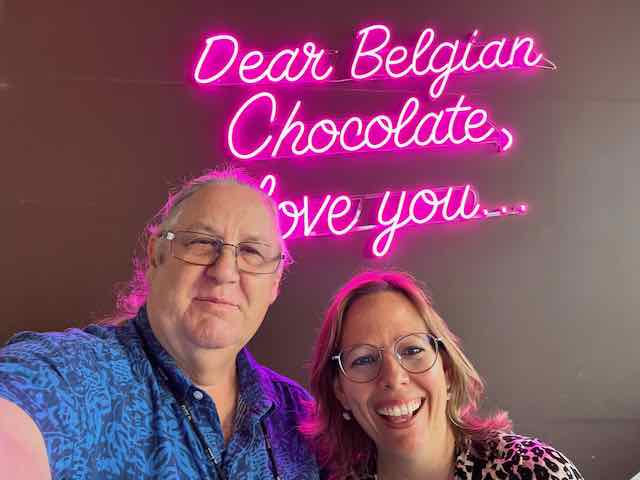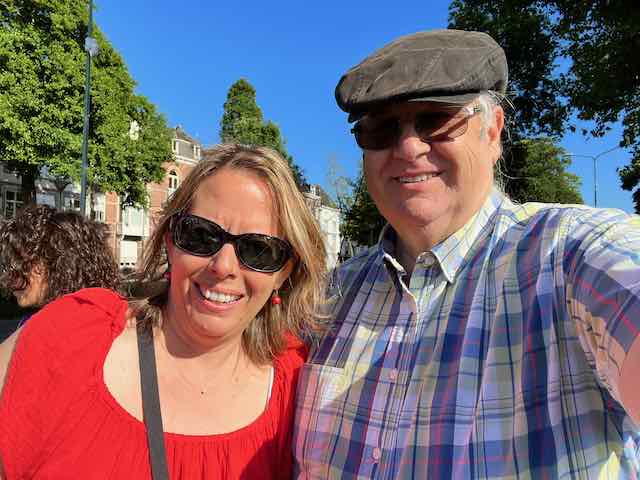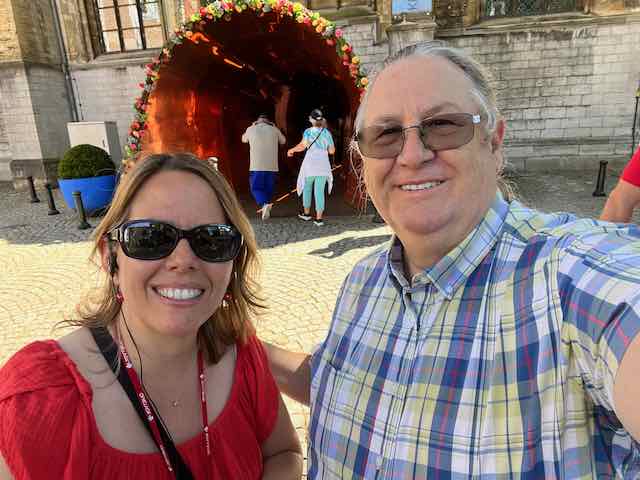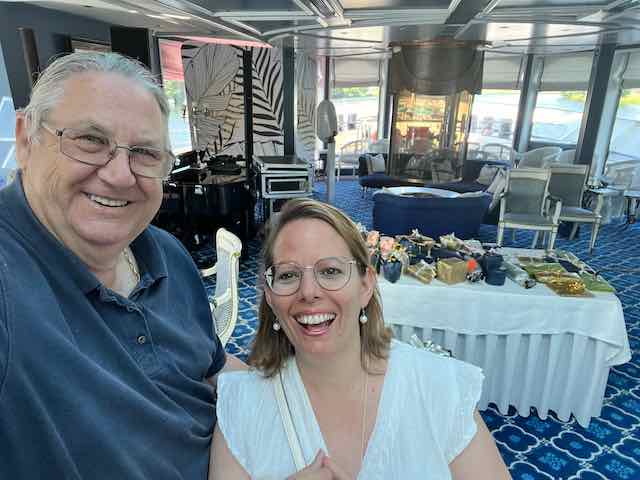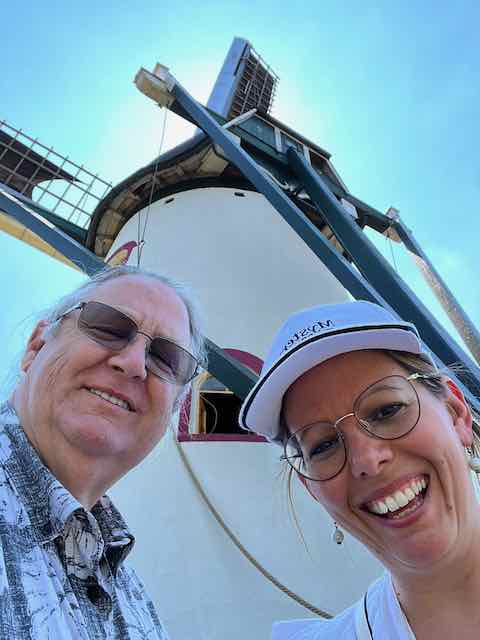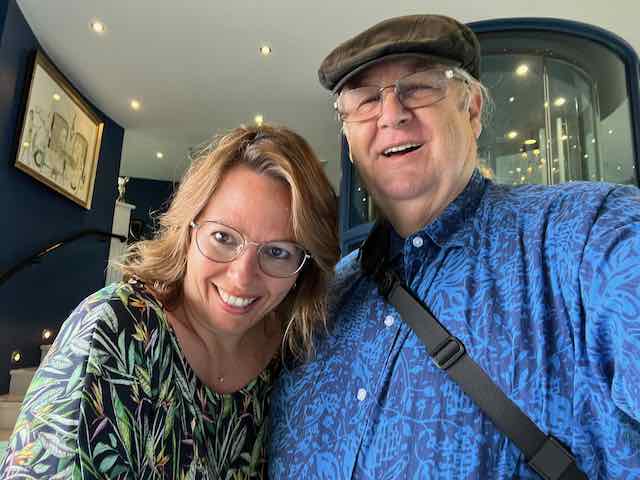During our visit to the area, Ryan had planned adventures for each day which he ‘revealed’ at dinner for the following day. On Sunday, we were heading out to a bike-rail adventure. It seems in a number of locations where train rails have been abandoned, these bike-rail cars have been established allowing adventurers to pedal along the track. This trip was a 13 km round trip on the railway bridges between Pont-Erambourg and Berjou. Fortunately, the pedaling part was being done by Ryan and Chris so all we had to do is relax and enjoy the adventure.
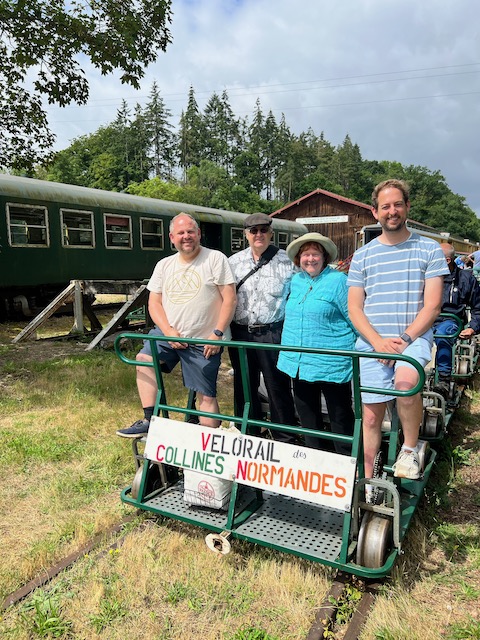
When we arrived, for our late morning adventure, we found several old postal rail cars sitting on the tracks. These train cars have been transformed into mini-museums with artifacts and descriptions about the rail service of the area. It was enjoyable to walk through and see the various displays.
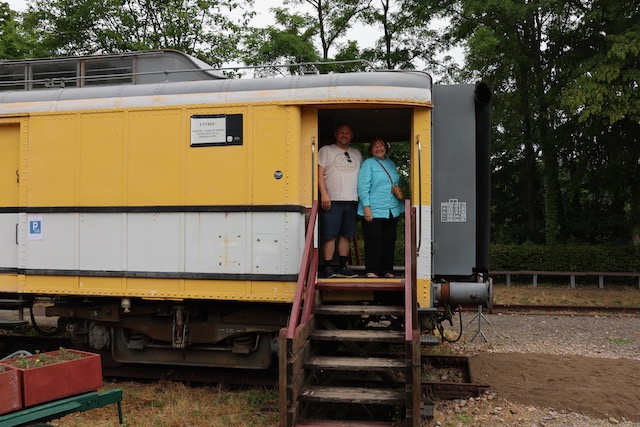
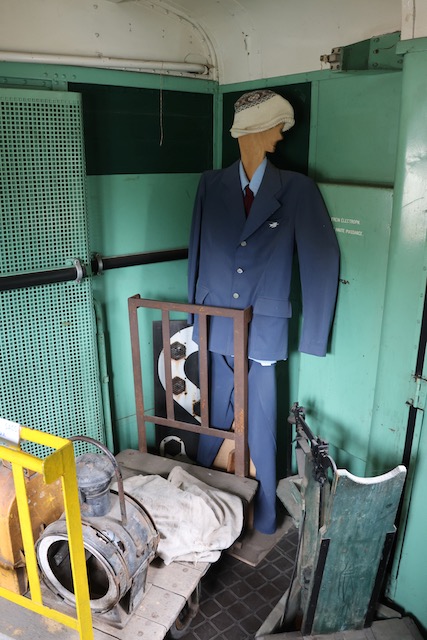
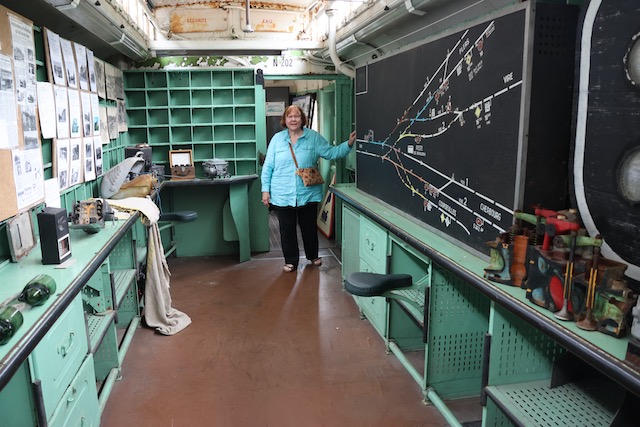
There were 6 or 7 bike-rail cars being cued up for our adventure. Once everyone was gathered together, we were shown how to put the car on the round table to turn it around for the return trip. We took the first car and loaded up our Picque Nique (picnic) lunch Chris had arranged and headed out. Ryan and Chris had done a similar bike-rail adventure a few weeks ago so understood the process. Fortunately, the track was relatively level so there wasn’t a lot of hills to climb and Janeen and I got to just enjoy the ride. There were a couple roads we crossed but no clanging bells or arms came down to block the cars on the road so we had to stop and let them pass before proceeding.
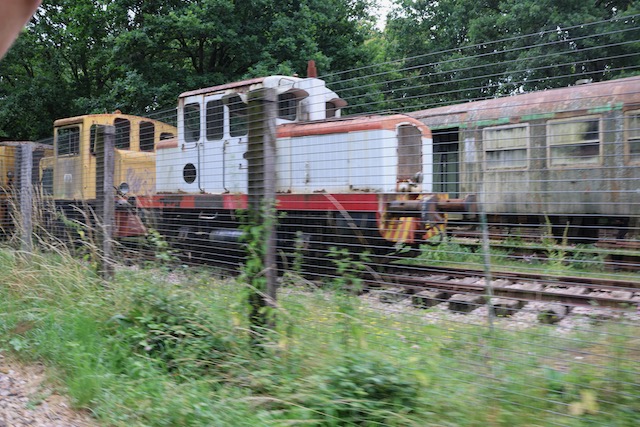

We got to the end of the road where a fence closed off a long tunnel over the track. We got out, and turned our car around which wasn’t that difficult.


Of course, one ‘crew’ that arrived after we did, got their car off the tracks so others had to help out to get it all straightened out. After some car shifting, we headed out and looked for a spot to have our lunch. We went by a couple of benches but left them for the group of 8 or so behind us who needed a large space. We ended up stopping along the track and having a lovely lunch before heading back to the ‘station’.
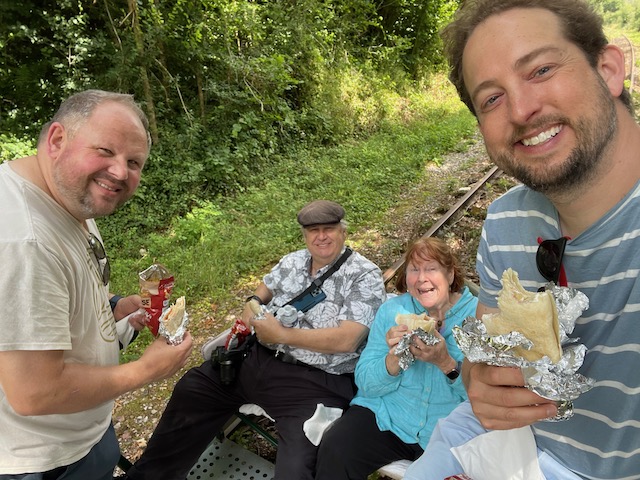
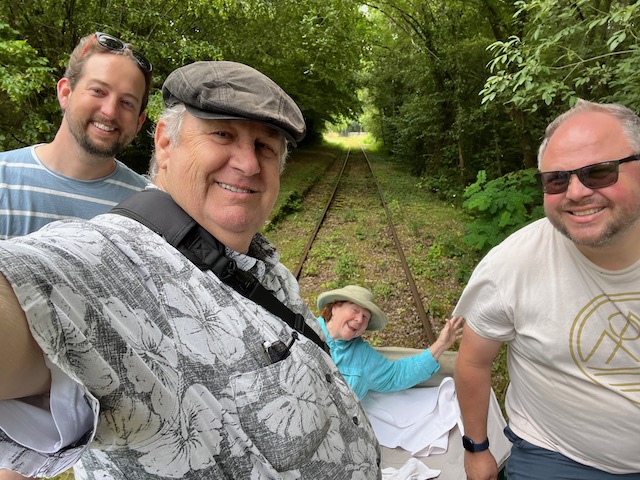
After the bike-rail trip, and a coffee and crépe, we got into the car and headed to our next spot – Musée des Automates in the town of Falaise. For those of you who have been in Paris over Christmas, besides all the Christmas Markets, the major department stores do really elaborate window decorations.

Many of these use animatronics (automate) figures in their displays. These have been happening for over 100 years and this is the museum those displays come to retire.
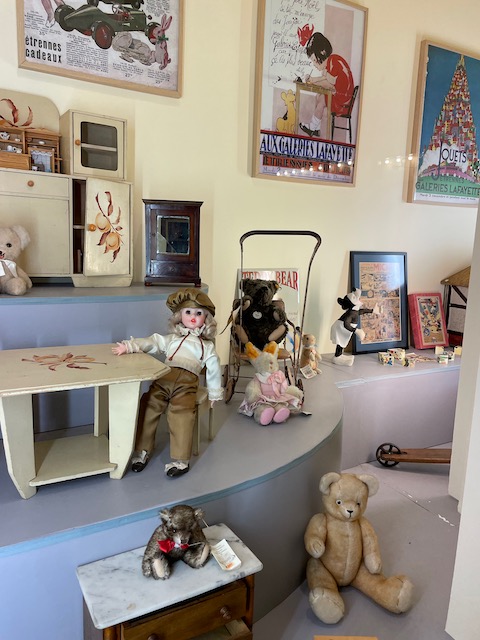
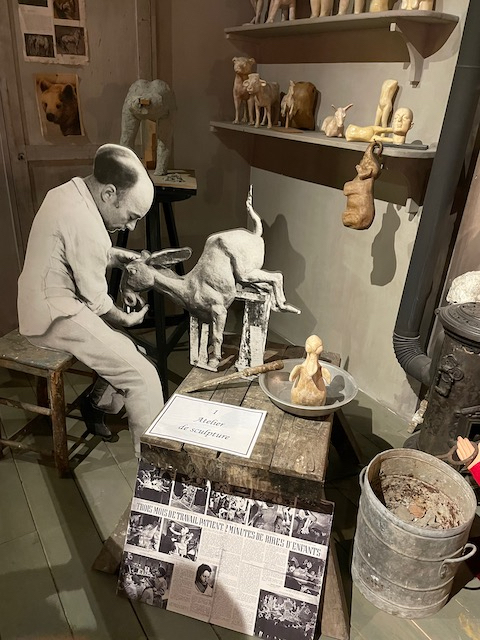
The museum tracks the history of ‘automates’ many made by Roullet & Decamps which was a French toy manufacturing company operating in the 19th and 20th centuries that specialized in production of automates. Started in 1866 it created a number of automation items with each successive achievement growing in complexity and originality.
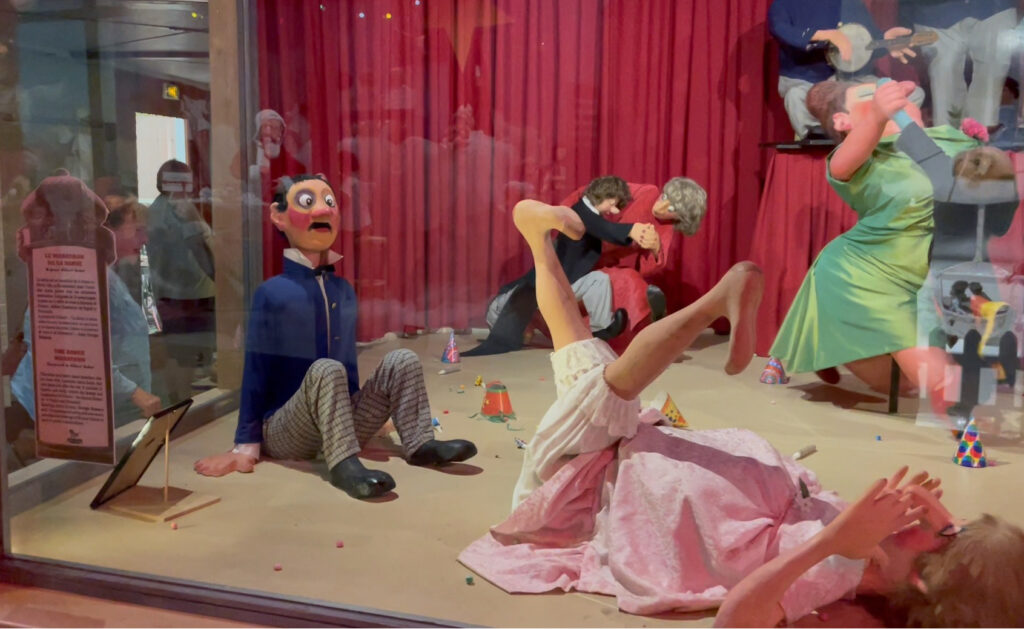
In the beginning of the 20th century, R & D made the first large automate for shop-window dressing. These large animated showcases, designed by the company, were demonstrated in the best department stores in Paris and London. Automatic scenes for showcases were the direct descendants of mechanical automates and an important part of the decoration of Paris and other cities for several decades.
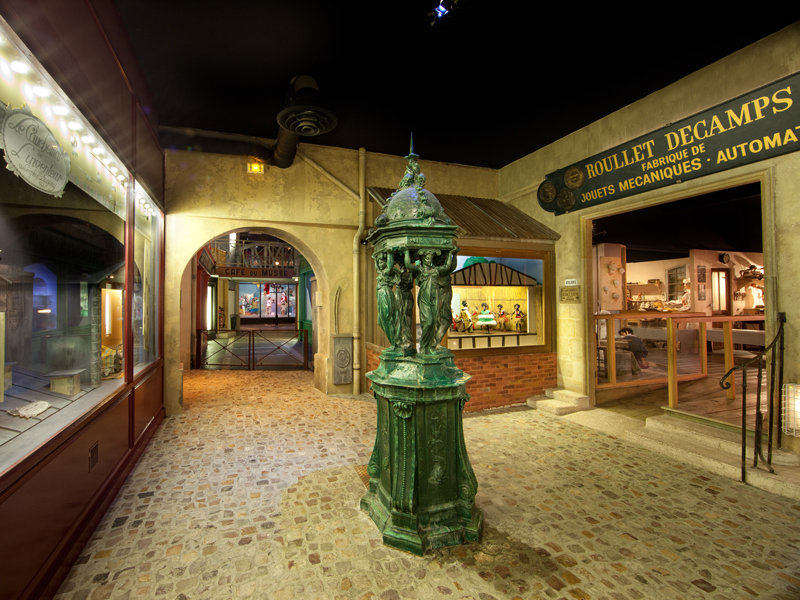
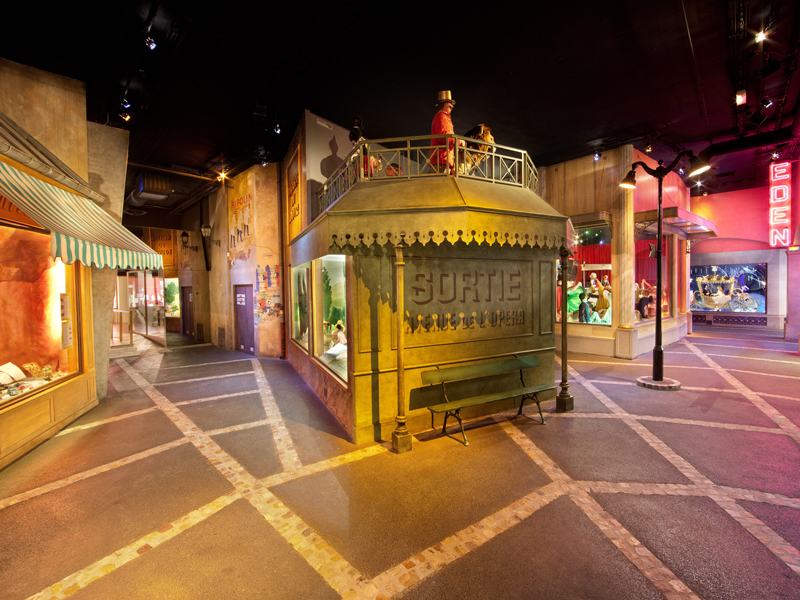
The firm ceased operations in 1995 but the collections of their dolls was felt to be a National Treasure and two museums were created to hold and display them, one museum in Falaise and the other in Souillac. We were visiting the museum in Falaise where a number of small and large scale displays were on view. Much of what we saw had been used in department store windows or in smaller displays. Virtually all of the displays are in operation being controlled automatically by a computerized system designed to protect the mechanisms from excessive wear. Most of the displays were accompanied with posters explaining how they were used.
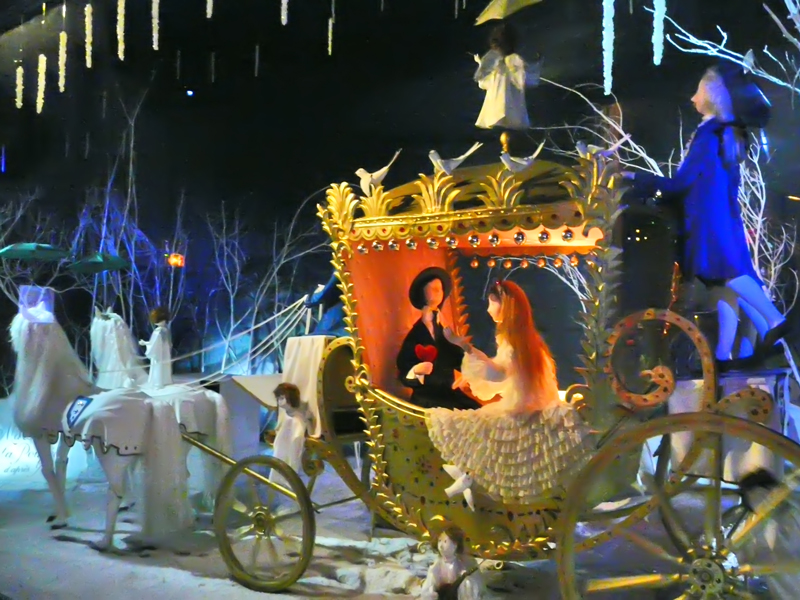
After exploring the museum and learning about the history we walked around the town of Falaise , the original strong hold of William the Conqueror, ultimately stopping for dinner at a lovely Bistro named for William before returning home. For day two of our visit, it was wonderful and filled with new and very different things to do.
